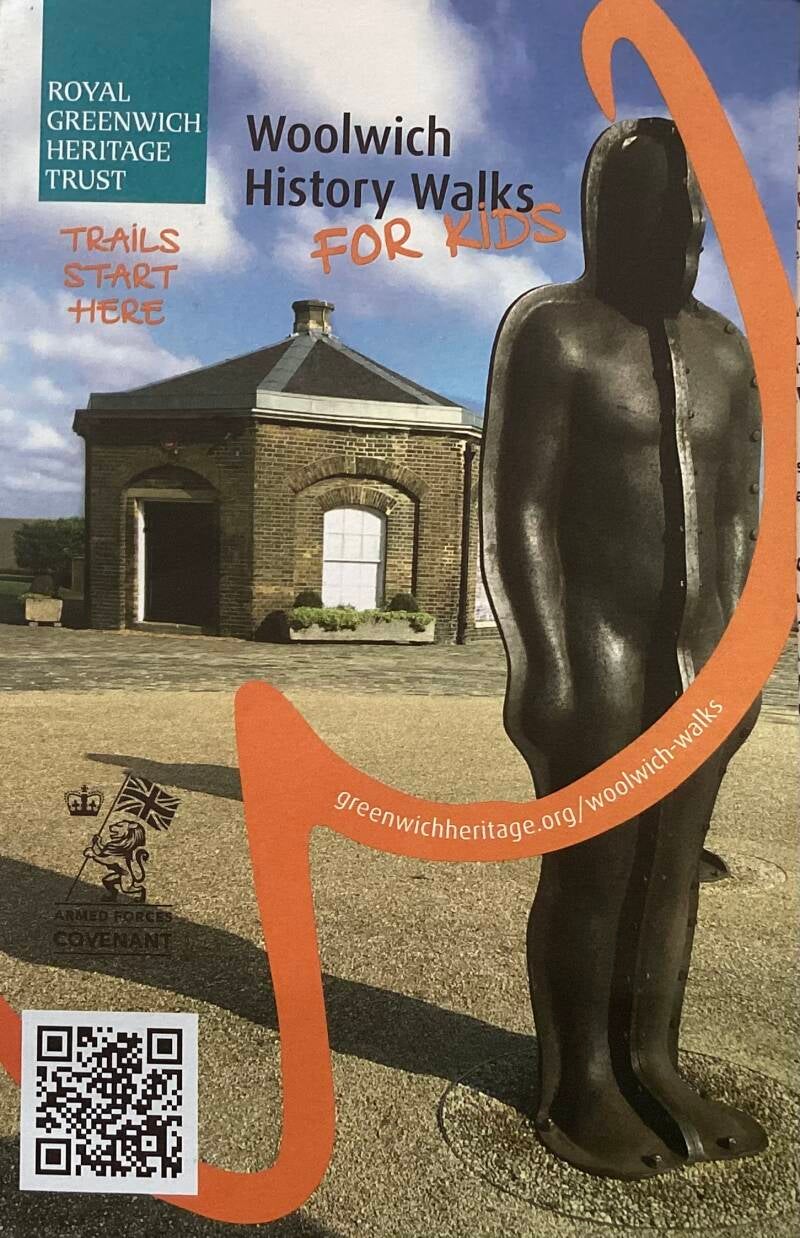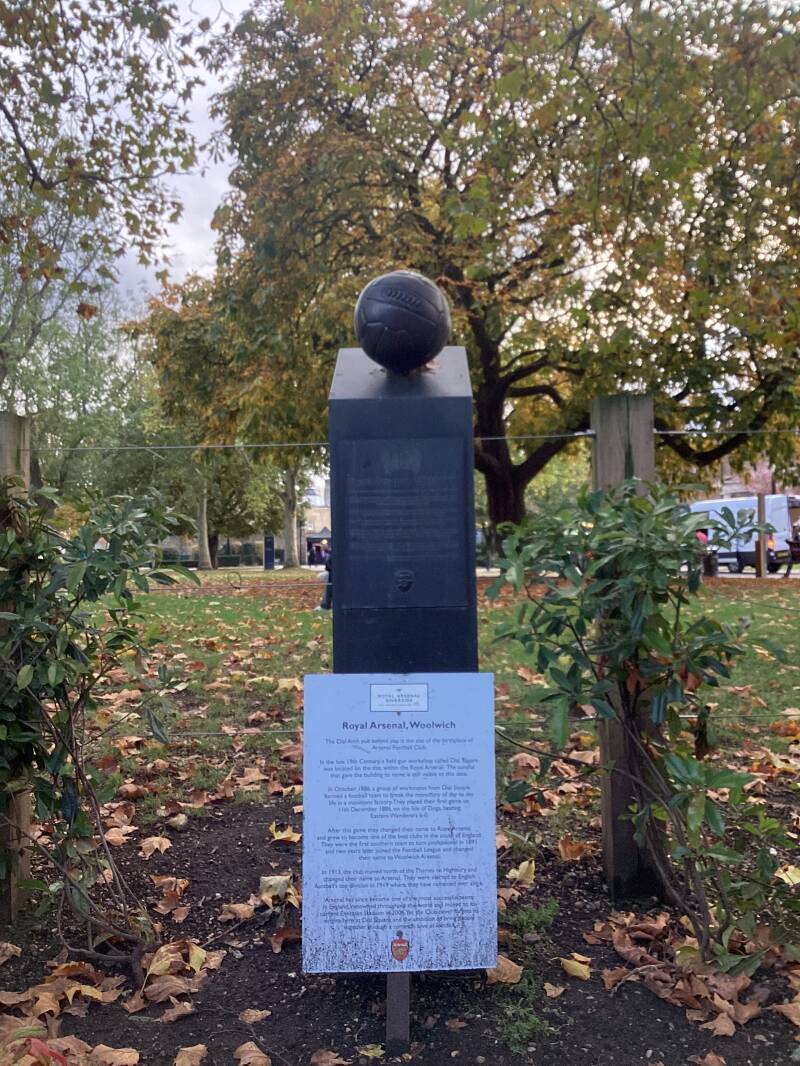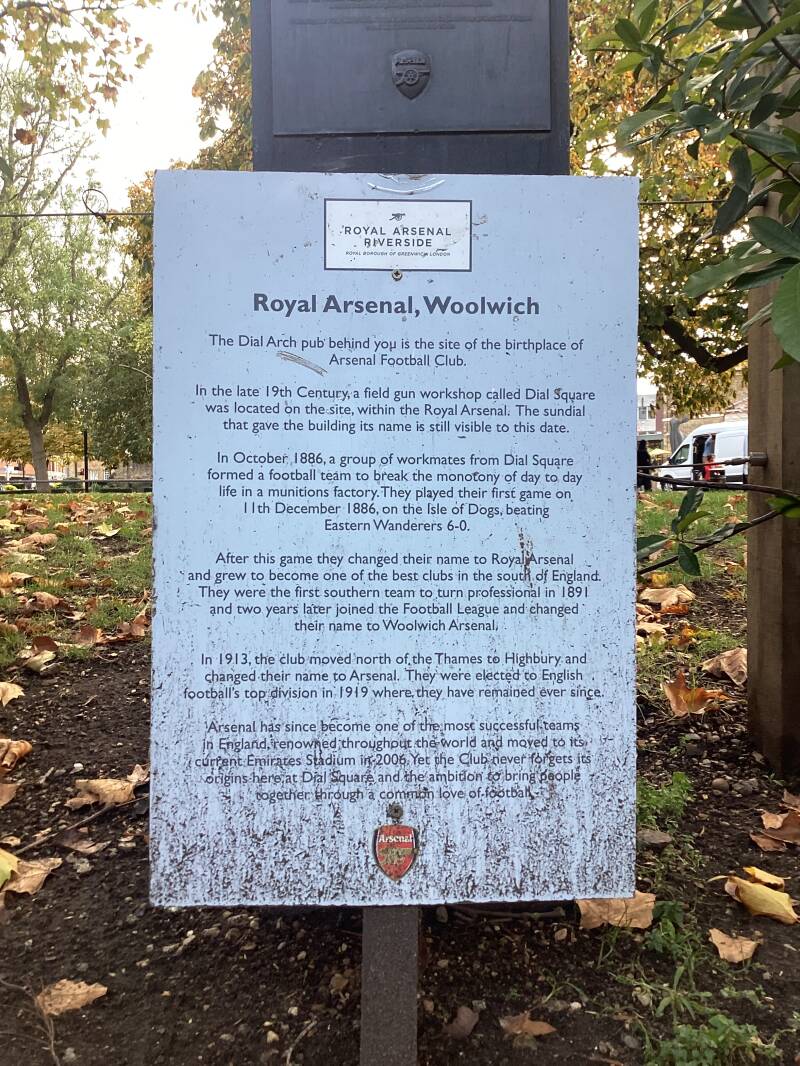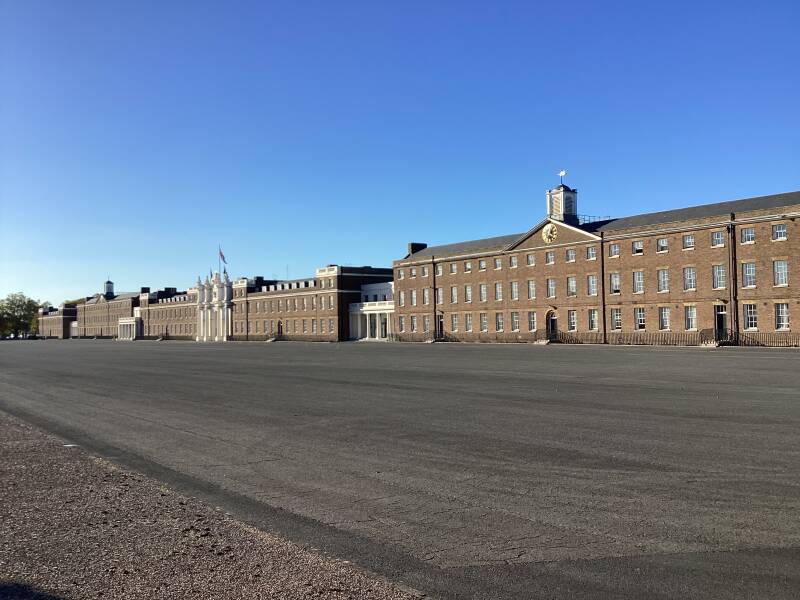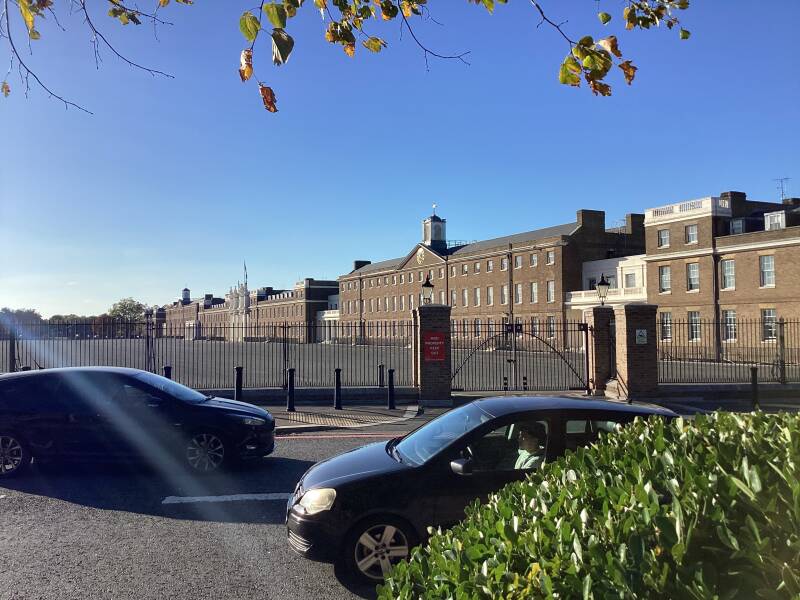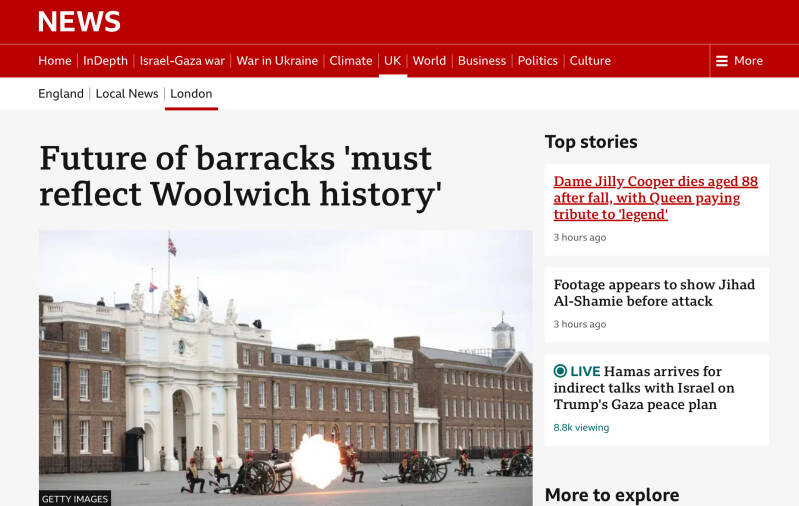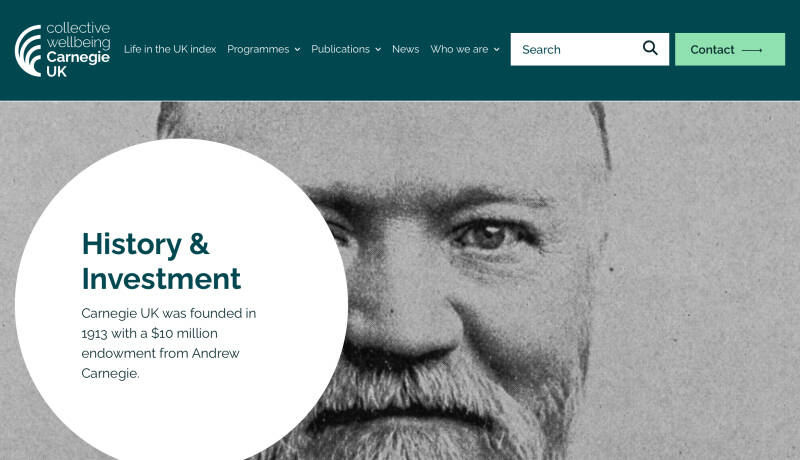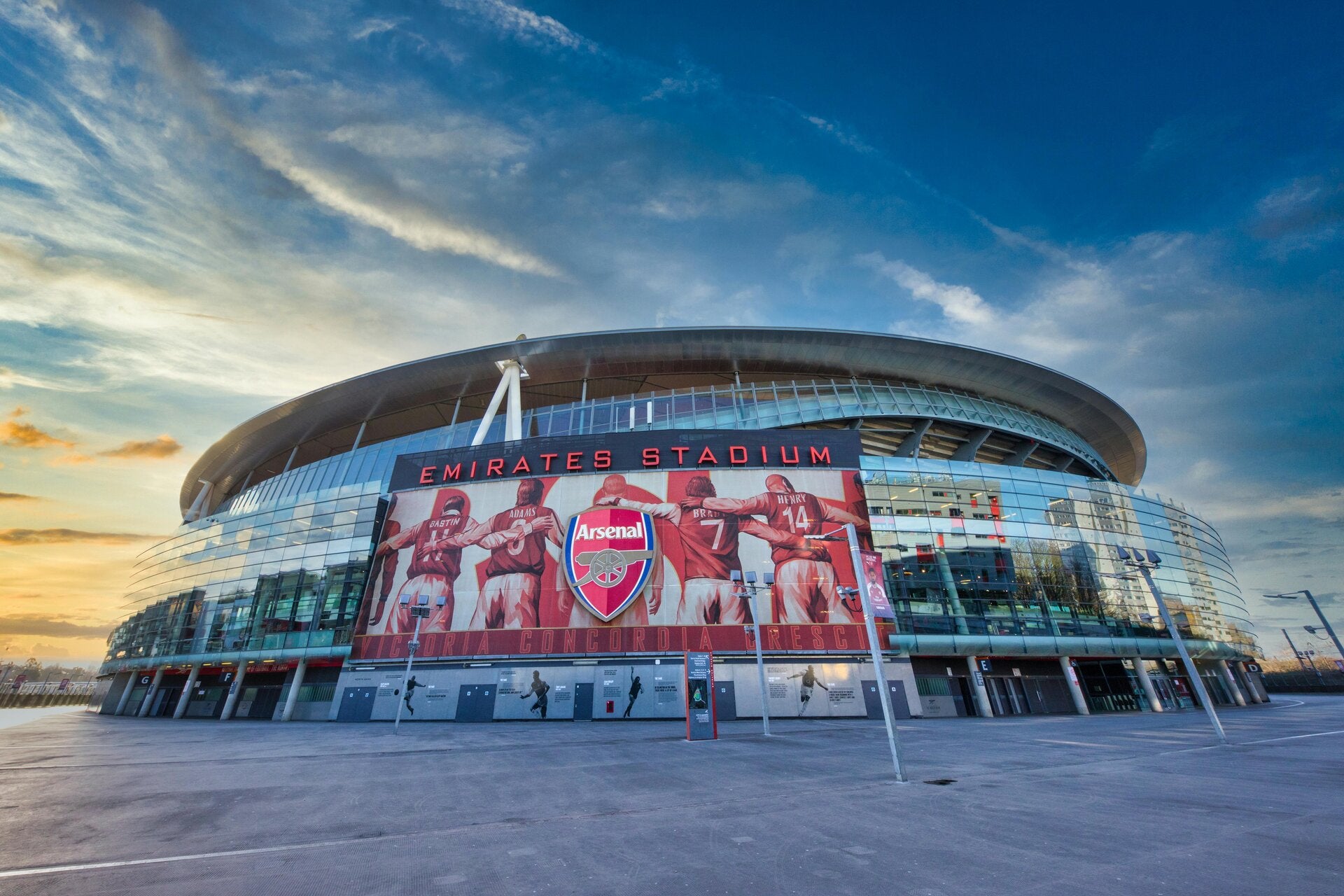
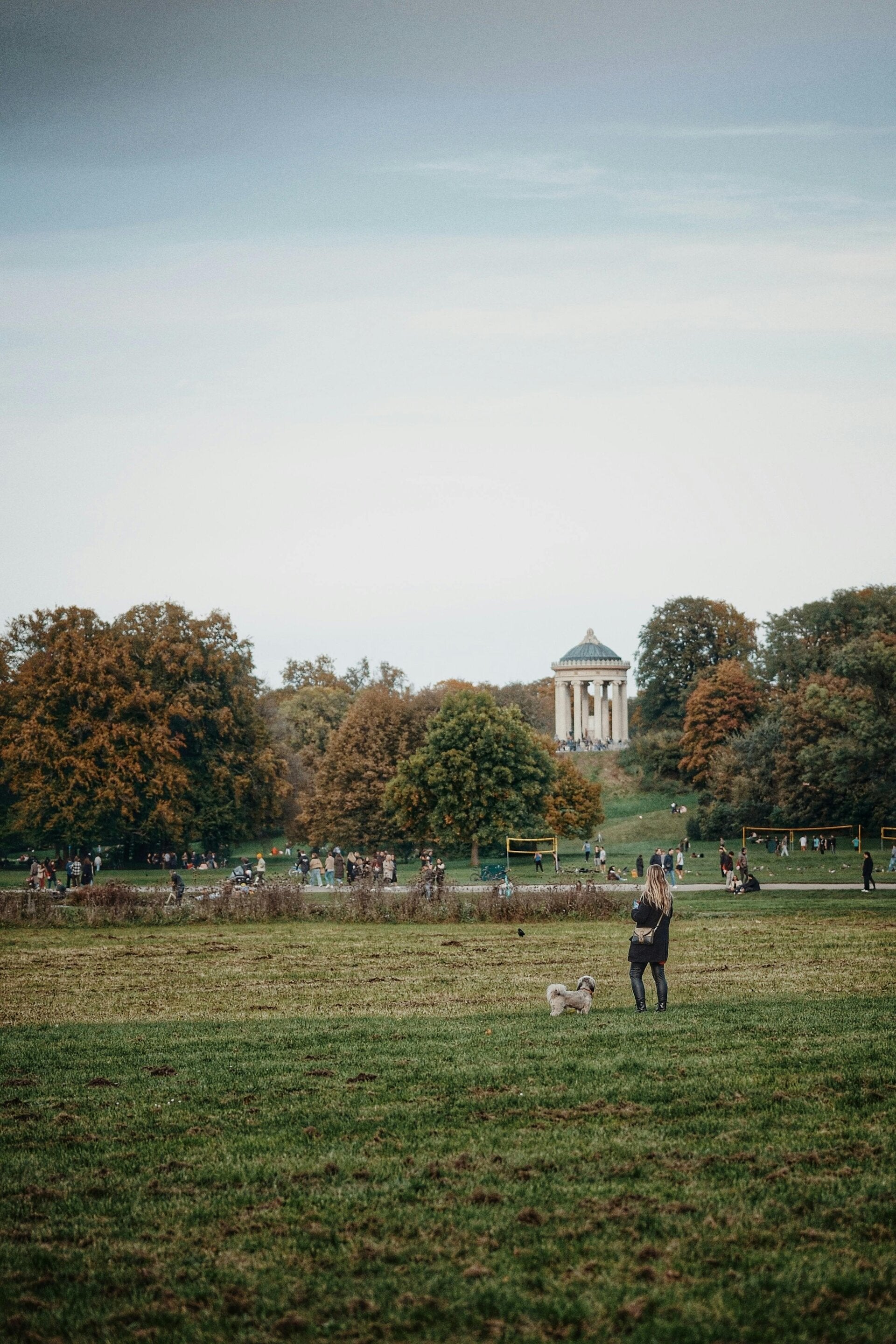
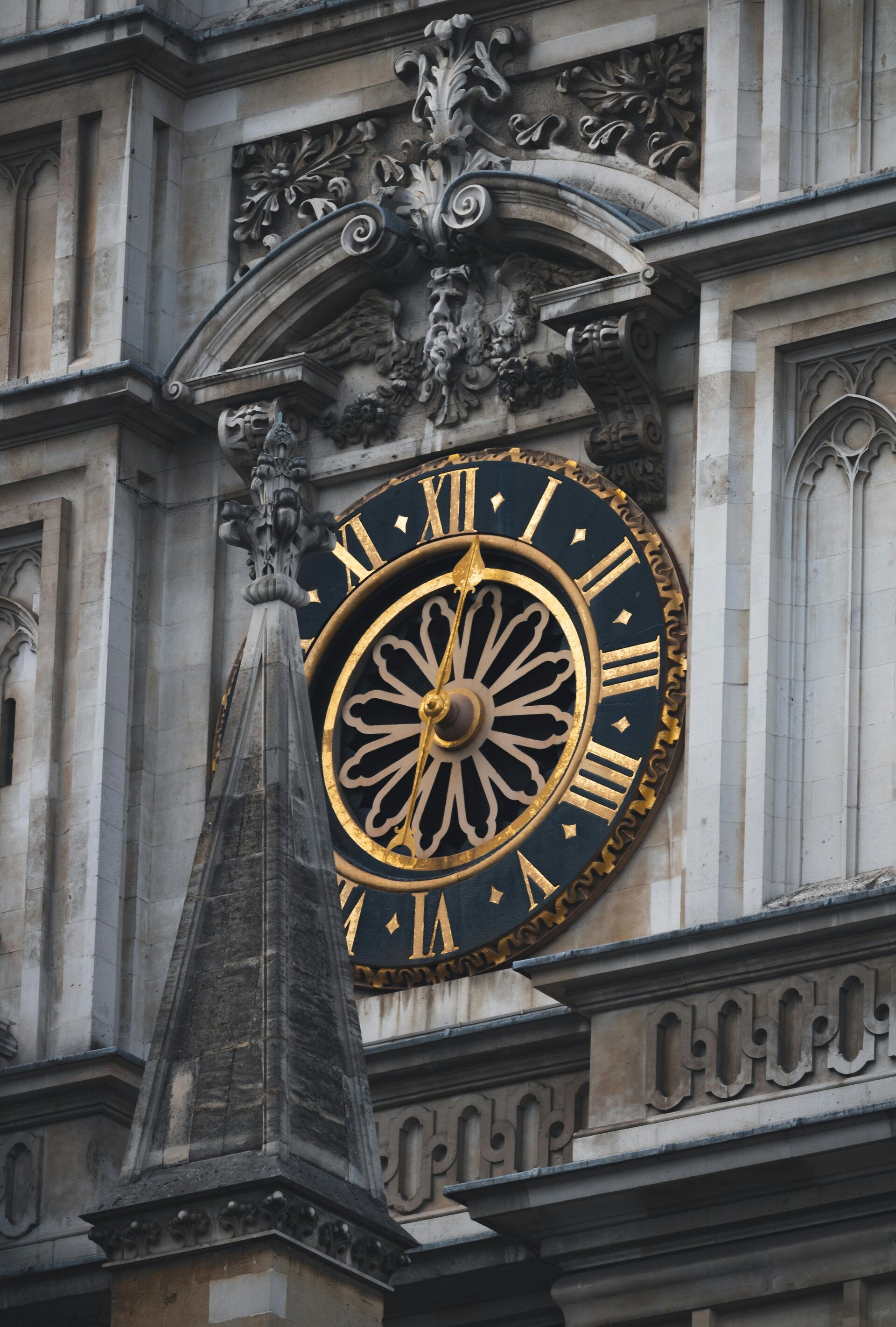

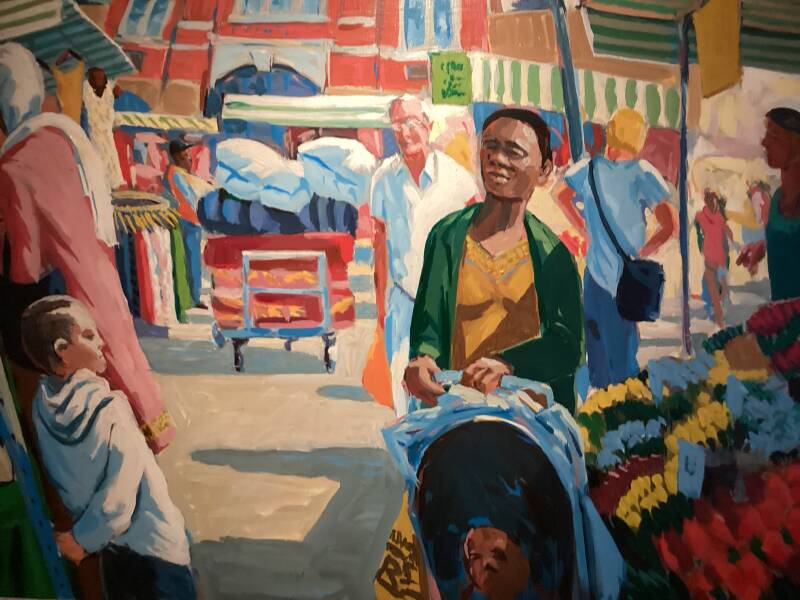
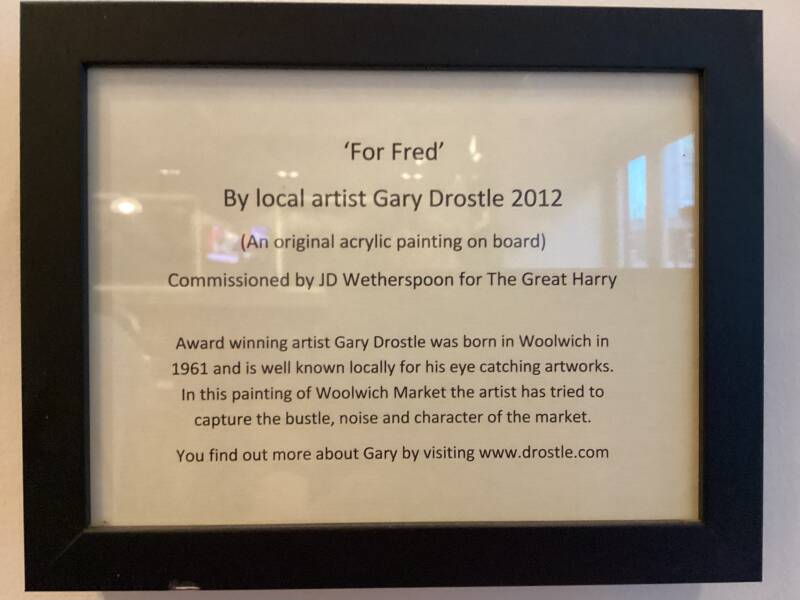

WOOLWICH TOWN Including parts of the former ROYAL ARSENAL and an extended (cycling) route to the former ROYAL MILITARY ACADEMY








Brief, but interesting blog: https://greenwichindustrialhistory.blogspot.com/2013/07/dianas-notes-on-woolwich.html

Route for kids
A bit of history of Woolwich
The original HULVIZ, or was it VULUVIC (Saxon Charter offAD.918), alludes to a trading settlement or port used for wool, which may have come from sheep raised on the marshes of Plumstead.)if the DB was a tiny fishing village, on the site of a Roman settlement, occupying the lower slopesof a promontory overlooking the river .
Woolwich has been inhabited since at least the Iron Age. Remains of a probably Celtic oppidum, established sometime between the 3rd and 1st century BCE, in the late Roman period re-used as a fort, were found at the current Waterfront development site between Beresford Street and the Thames.[5] According to the Survey of London (Volume 48: Woolwich), "this defensive earthwork encircled the landward sides of a riverside settlement, the only one of its kind so far located in the London area, that may have been a significant port, anterior to London". A path connected the riverside settlement with Watling Street (Shooter's Hill), perhaps also of Iron Age origin. Sandy Hill Road may be a remnant of this early path.
This geographic location, close enough to the ESTUARY to provide anchorage for shipping, yet far enough up river to afford security from attack encouraged the development of shipbuilding.
Its naval and military career began innTUDOR times, becoming the most important dockyard in England. The GREAT HARRY was b. in 1512, becoming the first FOUR-MASTER launched in England, and the largest ship in the world.
In 1717 the gun casting works were transferred from MOORFIELDS, becoming the ROYAL ARSENAL ;1.200 acres and 80.000 men and women worked here during WWI, age of the maxim output.
The ROYAL ARTILLERY and the ROYAL ENGINEERS had their base transferred to W.
The ROYAL MILITARY ACADEMY was f. in 1741. In 1964 was an amalgamated with SANDHURST. The ROYAL ARTILLERY took over, more recently, the ACADEMY’s buildings.
The fortunes of W ran parallel to those of the ROYAL DOCKYARDS, the presence of the ROYAL ARTILLERY and ROYAL ENGINEERS, the ORDNANCE factory and the accompanying industries and institutions that sprang up in their wake.
The many phases of development are still marked by existing buildings of architectural interest
ROYAL ARSENAL
The site was originally WOOLWICH WARREN. To the West a shipyard had been established in 1512 , the forerunner of the RN DOCKYARD. In 1546, a gunwharf. The Warren became an ancilary area for the Dockyard,in the 17th c., being used for testing guns, and a gun battery was located here.
TOWER PLACE, a mansion, was purchased by the Crown in 1671, being used as a yard for ordnance storage depot, becoming the larger gun repository in England.
When the Royal Laboratory was b. 1696, the Warren would develop as a n arms factory. When the private MOORFIELD BRASS FACTORY exploded, it was decided to b. here the ROYAL BRASS FOUNDRY, 1716.
Also 1716 the RR ARTILLERY was founded, and the barracks being located around DIAL SQUARE, fr. 1719. On the site of TOWER PLACE, the ACADEMY was established 1720. The new building would become the ROYAL LABORATORY MODEL ROOM , that would become 1741 the R MIL. ACADEMIY, remaining here until 1806.
GEORGE III renamed this place ROYAL ARSENAL 1805, which would continue to expand during the 19c., particularly during the NAPOLEONIC WARS and the CRIMEA W. It would become the largest arms factory in the UK, embracing the PLUMSTEAD MARSHES, and was connected to 2 railway systems, standard and narrow gauge.
80.000 people employed her during WW1. 30.000, beg. WW2. Then, decline, due that, because the bombings, production was moved away. Activity was run down drastically after 1960. In 1967 the ROYAL ORDNANCE FACTORY closed (except a small area).
The ESTERN part was released to be incorporated in THAMESMEAD. The WESTERN part continued to be used for QUALITY ASSURANCE until the end of 1994.
James Clavell Sq.
This Square is named after James Clavell, the famous author, screenwriter film director and producer. His connection to Firepower, The Royal Artillery Museum and Woolwich is through his service in the Royal Artillery. In May 1941 he was appointed to a commission in the Royal Artillery as Second Lieutenent reserve Anti-Aircraft Regiment and 35th LAA (Light Anti-Aircraft) Regiment. After being promoted to Captain he was posted to Woolwich in 1946.
His first book, King Rat, was based on his experience as a Gunner Officer in Changi jail and he also wrote the famous novel Shogun.
James Clavell died in September 1994. His work and service as a gunner are remembered at The Royal Arsenal and Firepower, The Royal Artillery Museum. On 31 March 2004 April Clavell, his widow, unveiled the plaque naming the square. The Royal Artillery Library is also named after James Clavell and the refurbishment of the building benefited from a generous donation from his widow.
“Assembly” Artwork



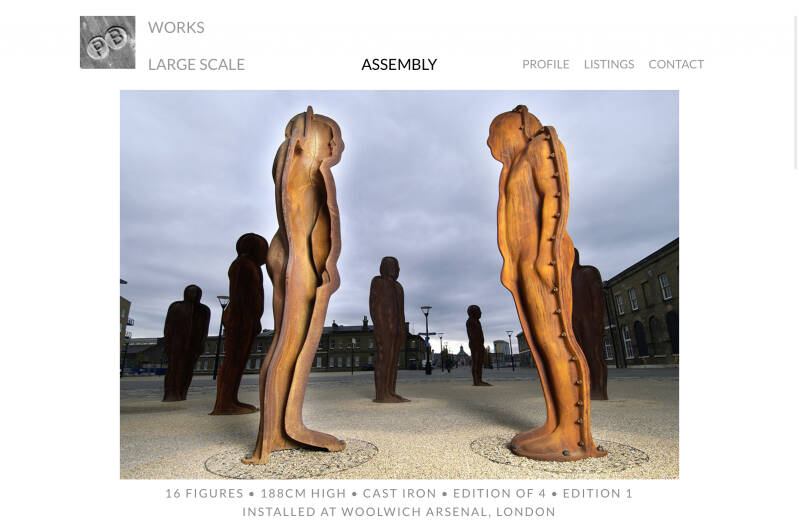
Guns

Loaned and installed by Berkeley Homes from the Collection of The Royal Artillery Museum..
See makers’ names, dates, monarchs’ cyphers, mottos…
Former NEW LABORATORY, now WOOLWICH WORKS

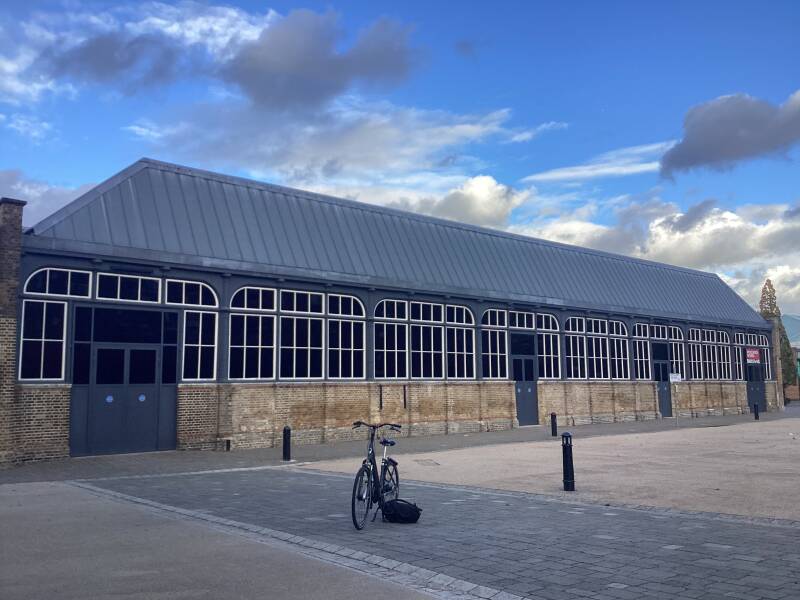
Four long blocks around a courtyard (can be entered at the NW corner and through a passage in the E). Impressive East c.1810 and West 1805 ranges, looking impressive and largely as originally b.
The N. c.1810 range has an incongruous mock-Tudor top storey, prob. c. 1920. The S. 1878, ext. c1890, renovated c. 1920. .Pedimented E and W.
NEW LABORATORY SQUARE was b. to house a range of activity, including the production of bullets, shells, rockets and propellants.
The W wing housed de GREENWICH HERITAGE CENTRE, where an exhibition told the story of the RA
Building 41 (opposite the main museum of ARTILLERY) was originally part of the New Laboratory Square factory complex; it housed large Cold War-era exhibits.
Site of TOWER PLACE. Former ROYAL MILITARY ACADEMY. Nicholas HAWKSMOOR(?)


1718-20. Weather vane and compass face, on top of the building. The principal room on the GF to the N was a BOARD ROOM for OFFICERS OF THE ORDNANCE. The other room was an ACADEMY for training cadets, future army officers. Alongside learning French, Latin, Maths and English, also had lessons in fencing and dancing.
In 1741 it became RMA, in 1806 the building became part of the ROYAL ACADEMY. In the 20th c. OFFICERS MESS.
Former PAPER CARTRIDGE FACTORY
1855~58. For manufacturing paper cartridge bags and percussion caps.
The main exhibition of FIREPOWER, museum of the R AR. The museum entrance opened into a new building, which housed the Modern Gunner galleries.
To the right of the main entrance, the former Paper Cartridge Factory (Building 17, 1855–6) housed the main Gunnery Hall as well as the History Gallery and other exhibitions.
The oldest buildings here, 1694-96, when the RL was transferred from GREENWICH. WILLIAM III CIPHER W pavilion. Originally, the centre pieces of large ranges of buildings around an open courtyard where shot was manufactured.
The Royal Artillery Museum's collection is currently in storage, with a new museum planned for construction near Larkhill, Wiltshire. The original museum, 'Firepower' in Woolwich, closed in 2016, and the collection is awaiting its new home

Former ROYAL LABORATORY PAVILIONS. William III royal cipher
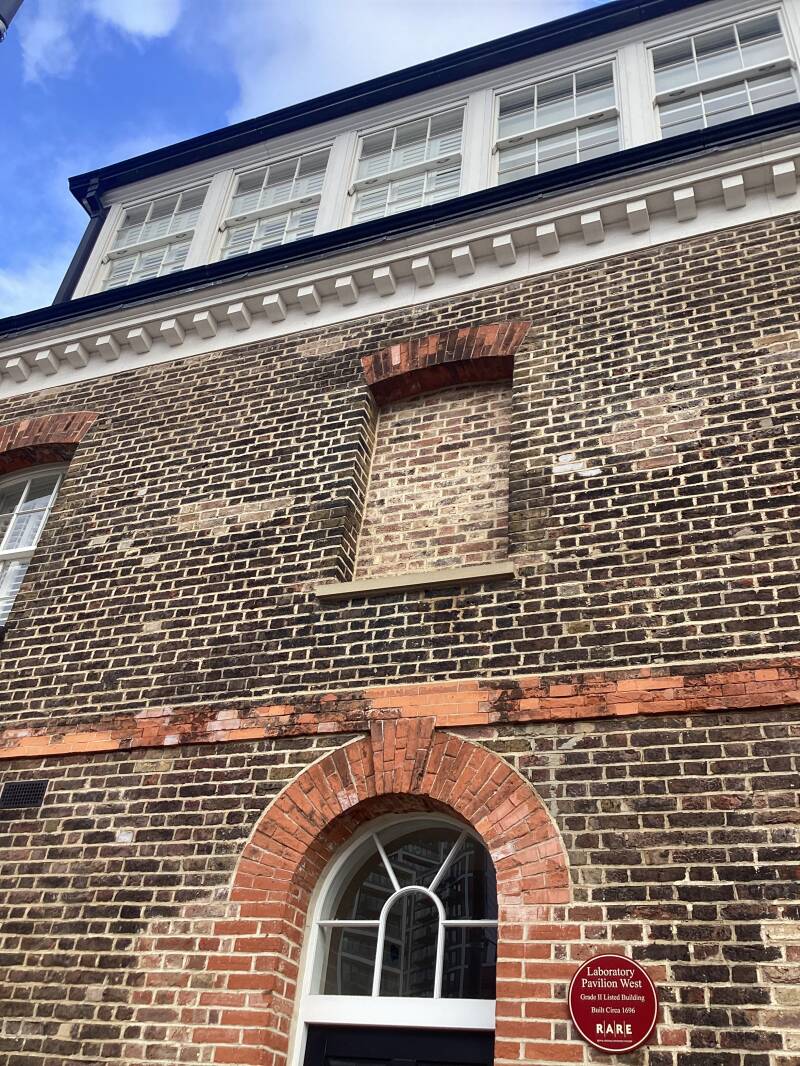
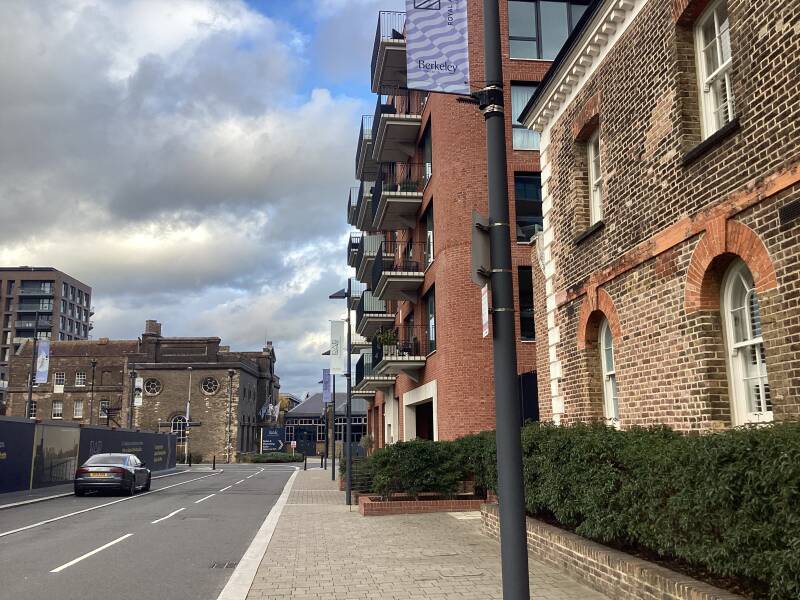
To the left of the main entrance, the former Royal Laboratory. New weapons were invented and developed here.
In the mid-18 th the RL provided official firework displays for royal events.
Former Offices (Building 18, 1855–6) housed museum offices and archives (James Clavell Library)
DIAL SQUARE. Former workshops. HAWKSMOOR (?)



DIAL ARCH, now a YOUNG’S PUB

Originally, the GREAT PILE, b. 1717~20. Turning, washing, engraving workshops. The SUN DIAL was added in 1764.
Completed guns were taken through the arch into an area where they were finished and stored
Dial Square football team?
In late 1886, a gaggle of workers from the decided to form a football team. They called themselves Dial Square as a reference to the sundial atop the entrance to the factory. The actual meeting took place at the PRINCE OF WALES P.H., PLUMSTEAD COMMON.
They became ROYAL ARSENAL F.C., finally ARSENAL F.C. They moved to HIGHBURY, N London, in 1913
Former BRASS FOUNDRY
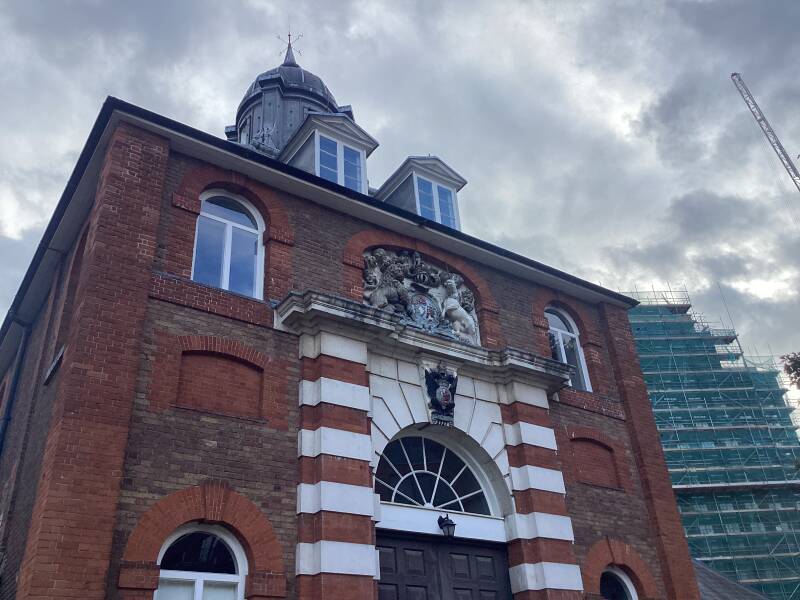
1717. Finest building on the site. B. following the disastrous explosions at BAGLEY”S FOUNDRY, at MOORFIELFS, for the founding of brass guns and canons.
A rare example of a purpose built machine shop from the beginning of the Industrial Revolution. Therefore, a building of outstanding importance.
Unicorn above door.


Former GUARD HOUSE
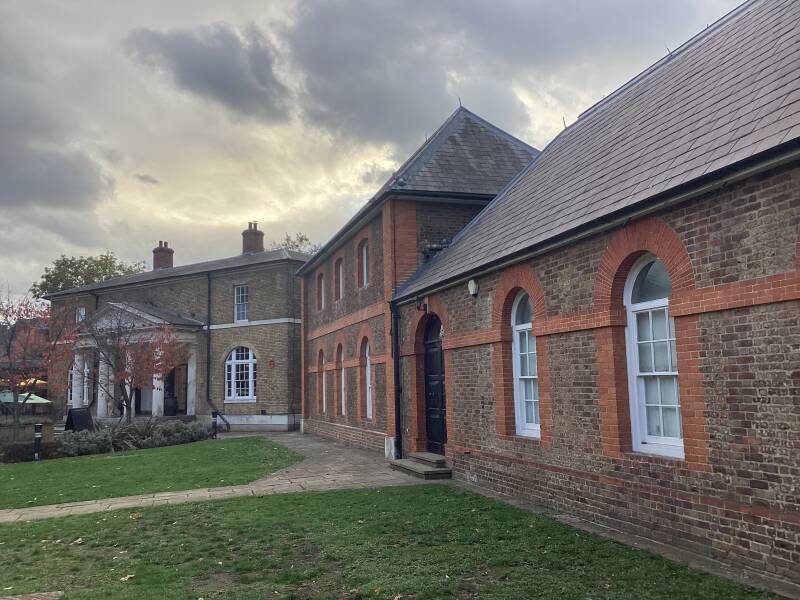
1788. By ISAAC ASHTON. For the use of the Army, who guarded the site until the 1880s.
“NIKE” artwork in honour of London 2012 Olympics
Nike is an abstract sculpture depicting Nike, the Greek goddess of victory, designed by Greek artist Pavlos Angelos Kougioumtzis. Versions of the statue have been donated to every host city of the Olympics since 1996.
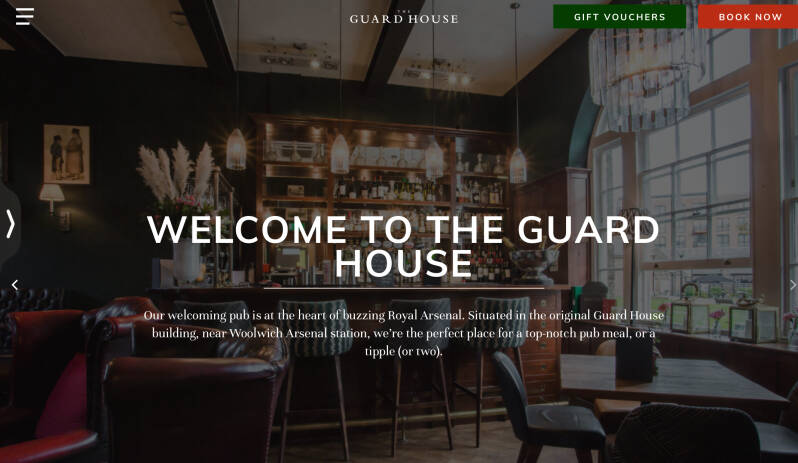
Former VERBRUGGENS HOUSE
B. 1772-73. for the master founders JAN and PIETER VERBRUGGEN, the existing master founder’s house being too small for their need
Former CARRIAGE WORKS
Wheeled Gun carriages for larger weapons were designed and made here
Punchdrunk

The Carriageworks is the home and performance space for immersive theatre legends Punchdrunk, and in fact consists of two buildings, both former arsenals, plus a smaller linking building. Hypothetically it can accommodate up to three shows.
More eateries…


BERESFORD GATE. Former entrance. Adjoining it: BELL TOWER and UPPER STOREY
1829.. BELL TOWER, 1859. UPPER STOREY, 1891. Now separated from the Arsenal site by the A206 road, it was the principal entrance.
On top of the gatehouses, replica mortars cast in the ROY.BRASS FOU. bearing the royal cipher of GEORGE IV. The originals, in PORT NELSON, PORTSMOUTH.
Dinking trough (1886]

To the East
Plumstead Rd.
The RA wall, built by convict labour
It runs for 2 1/4 miles.
P
MIDDLE GATE
- Built in 1843: The gate was constructed to accommodate the Royal Arsenal's eastward expansion. It took over the role of the earlier Plumstead Gate and was eventually renamed the Middle Gate.
- Architectural design: The structure features four large heavily rusticated, vermiculated stone piers, which flank a wider central gate for vehicles and two pedestrian side gates. It originally had ornamental cast-iron gates, though modern steelwork has since replaced them.
MIDDLE GATE HOUSE
Adjoining the entrance is the three-storey Middlegate House, built in 1809 as the Master Storekeeper's House. 3 storeys, over a basement. Greek Doric portico. It is also Grade II listed and is now used by Greenwich Leisure.
Former THE WOOLWICH INFANT P.H.
Reb.1906. Nice etched glass in recessed sash windows.
The inn-sign illustrates the name.
COVERED MARKET
Designs were drawn up in 1901, but it was not actually built until 1932. It was roofed in 1935 by the Horsley Bridge and Engineering Company using a Lamella roof for which they held the UK licence. It was, an innovative system enabling the roof support system to be constructed from small elements – lamellae - of particular interest here as the sections are made from pressed steel.
Site of MATCHLESS MOTORCYCKES factory
Matchless Motor Cycle Factory. The factory was built and owned by the Collier brothers who made Matchless motor cycles here from 1899 to 1966

Nos. 15-19 Former THE ORDNANCE ARMS P.H. and classical group of buildings
Pilars and end turrets, Classical. Rear showing similar features and facing.
Nos.18-19 GREENS END
Upper storeys and mansard roof of the early 18th. c house.
No.20
1905 façade. Ionic and twisted columns at GF. More classical features and flourishes
Woolwich New Road
Nos. 1-11
Imposing Vict. terr.
No.3. From 1903, home of the LABOUR MOVEMENT. THE PIONEER PRESS printed here Labour journal THE PIONEER.
Office of the Labour Representative Association,1905, which would become WLP inn1916.
CAMBRIDGE HOUSE
Beresford Square
WOOLWICH MARKET

A medieval market took place in church land and tolls were paid to the Bishop of Rochester.
A Charter from the Crown was given in 1619, to the MARYON WILSON family, to establish a market anywhere in any part of the parish. At a time it was held al at MARKET HILL, near the church,off the HIGH ST..
The LOCAL BOARD took over in 1882, when this was the only CHARTERED market in the Metropolis, a part from those belonging to the CITY
The growth of the RA caused the expansion of the town and its economic centre towards the E and the traders followed. Y 1888 it was flourishing here. Until recently many of the stalls were family run, having passes from generation to generation.
Now, the right to hold a market belong to the RBG
Public meetings and popular demonstrations used to take place here, until around 1939
EQUITABLE HOUSE: former WOOLWICH EQUITABLE BUILDING SOCIETY HQ.
F.in POWIS ST, 1847, it moved here in 1935. Archs: GRACE and FARMER.
Note the owl above the NEW ROAD entrance.
Edwardian Baroque with a mix of Art Deco motifs. Ionic columns flanking the entrance. Art Deco banking hall
THE WOOLWICH remained a local institution until after WWI when it began a modest regional expansion. This accelerated after WWII and the period from 1960 was notable for its acquisitions. Following deregulation, the Society diversified and became one of the largest national building societies.
In 1997 it demutualised and became Woolwich PLC. The company was listed on the London Stock Exchange. It was once a constituent of the FTSE 100 Index but was acquired by Barclays in 2000.
DLR STATION
In 1973 a government report on the redevelopment of London's Docklands projected a greater form of the never-built "Fleet line" from Charing Cross via Fenchurch Street to Woolwich Arsenal and on towards Thamesmead, with a preceding stop at Silvertown. The Fleet line plans were shelved in favour of a route that became the western part of the Jubilee line, despite council (local government) approval, due to financial constraints.[11] By the start of the 1990s plans emerged in both levels of government and business forums for the Jubilee Line Extension to serve the south bank of the Thames twice on its way to Stratford. In the Royal Borough of Greenwich the line takes in a small area, North Greenwich (a peninsula).
Woolwich Arsenal was expanded in 2009, when Transport for London completed the construction of an extension of what was then termed the London City Airportbranch of the Docklands Light Railway from King George V to Woolwich Arsenal. The official opening took place on 12 January that year.
A new transport network for the new London Docklands
The Docklands Light Railway(DLR) is an automated light metrosystem primarily serving the redeveloped Docklands area of London and providing a direct connection between London's two major financial districts, Canary Wharf and the City of London.
Normal operations are automated, so there is minimal staffing on the 149 trains (which have no driving cabs) and at major interchange stations; the four below-ground stations are staffed, to comply with health and safety regulations for underground stations.
The DLR was one of the first major railway infrastructure projects in Britain where access for disabled people was considered, with level access into the train from platforms and lifts at all stations.
The DLR is operated and maintained by franchisee KeolisAmey Docklands (a joint venture of transport company Keolis and infrastructure support provider Amey)
DLR station: Site of THE PULLMAN P.H.
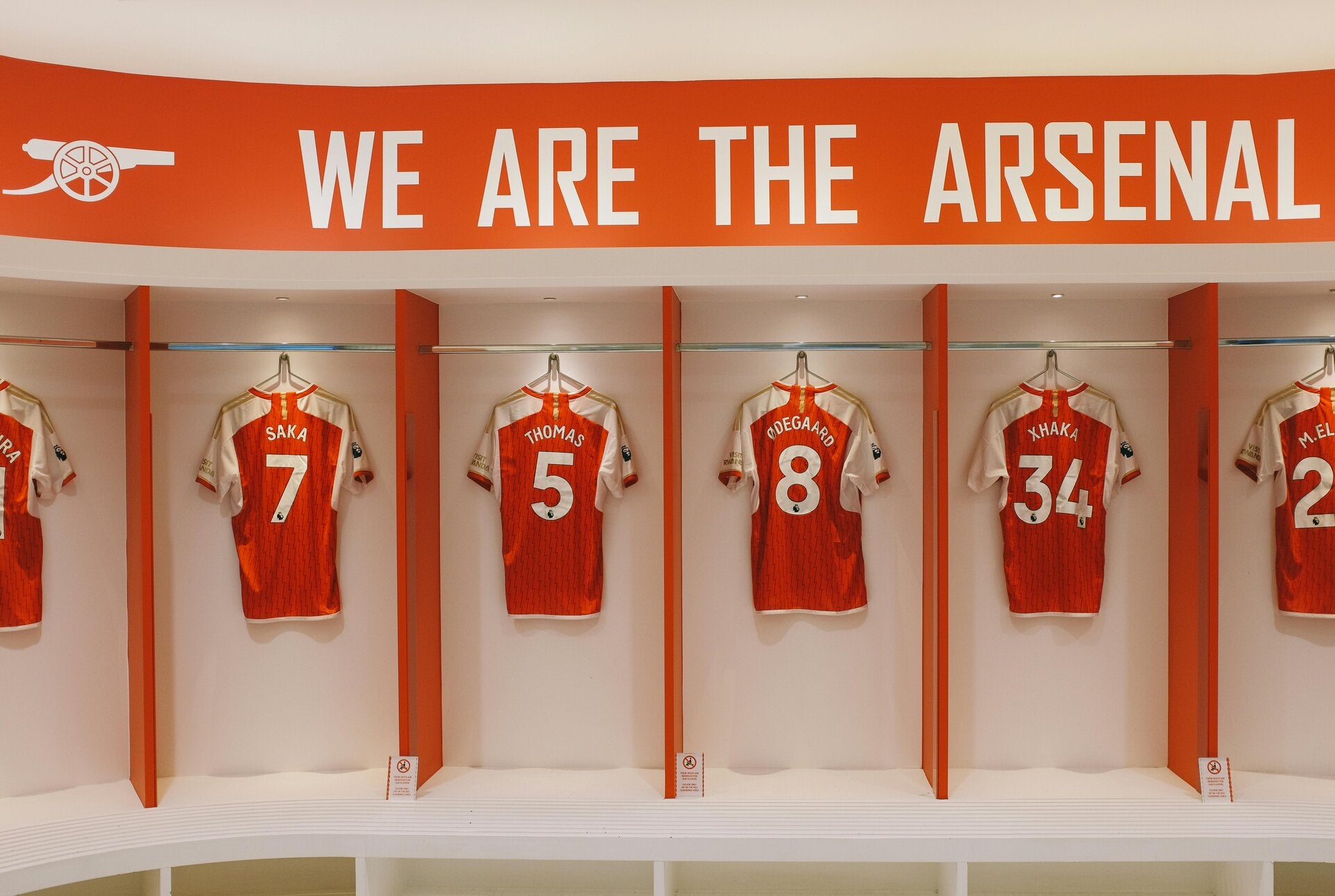
Before it had been THE ROYAL OAK. At a meeting here, the workers of the DIAL SQUARE FOOTBALL TEAM changed its name to ROYAL ARSENAL FOOTBALL CLUB
LEISURE CENTRE

It replaces the existing Waterfront Leisure Centre
WOOLWICH RAILWAY STATION
In 1849, the station was build on the old PATTISON SANDPIT. The GREAT EASTERN RWY had been established.
The building was replaced in 1903 and again in 1993. The current building was designed by BR’s Architecture and Design Group.
Horshoe-shaped canopied roof projecting through which is a circular glass drum, like a lighthouse, intended to emphasise its site on the corner of the square.
Rounded tapering columns clad in Portland Stone, hiding the black steel structure, which emerges above the columns to support the canopy, fixed to the steel by bolts on visible holes.
On the platforms the canopies with iron columns remain from the previous building





WORKERS OF WOOLWICH: Artwork by MARTIN WILLIAMS.1993
Terracotta relief sculpture depicting workers making weapons and armaments.
Shops and eateries
THE TRAM SHED
1908. Power sub-station serving the local tramways. Not a tram deot
GENERAL GORDON SQUARE (over the smoke ‘ole)
1926. When the line was electrified, a 123 m. tunnel was built under the square replacing the smoke hole (THE SMOKE ‘OLE”)which allowed smoke and steam to scape from the trains entering WOOLWICH ARSENAL STATION.
The square was opened in 1928. To the S was a block of buildings including 6 public houses.
THE DUKE OF CONNAUGHT COFFEE TAVERN a vain attempt to bring temperance to W was on the site later occupied by BARCLAYS BANK
The last remaining P.H in the block, THE FORTUNE OF WAR, finished its career as a mosque before being demolished in 1982 as part of the redevelopment of the square to its present condition (1983].The original scheme was aborted, though.
Site of PEAK’S PLACE
An ancient alleyway, which opened out of the block of buildings opposite the main entrance to the EQUITABLE, running across the square, to exit onto THOMAS ST. opposite LOVE LANE. The public right of way still exists across the square, marked by a street sign on its Northern edge
The victor of Khartoum was born in Woolwich
The Victorian military figure was born in the COMMON in 1833. See later in the route.
New Road
ST.PETER’s THE APOSTLE R.C. Church & PRESBITERY. Augustus PUGIN
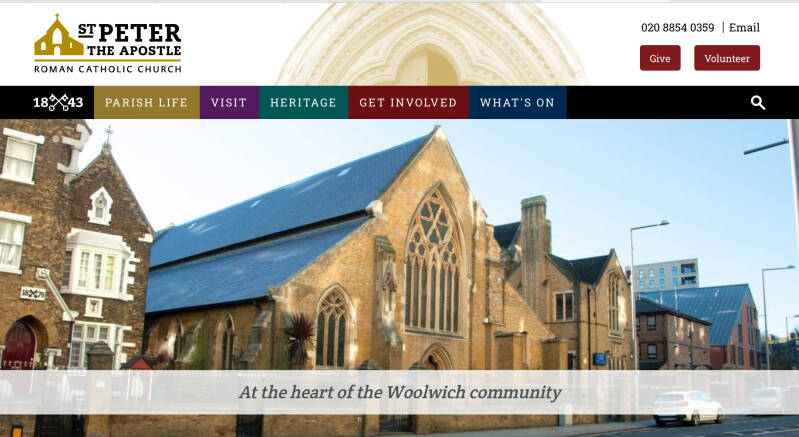
1843. The former WESLEYAN MISSION CHAPEL here, was converted to RC, but was outgrown by the rapidly expanding Catholic population who came to live in the area
WOOLWICH CENTRAL, South-West section

This major development consists of 712 mixed tenure residential units in two separate phases with commercial areas including co-working office space, affordable workspace and cafés.
The key building is a 15-storey tower facing General Gordon Square at the heart of Woolwich while the remaining 590 apartments are contained in 7 separate buildings of up to 16 storeys further up the hill.
No.15
Late 18. Mansard roof
No.17
Mid 19. Italianate
No.19-25
Late 19. Well preserved shop fronts.

Walking/Cycling Extension

In case you want to shorten up your route go straight, along LOVE LANE, past TESCO supermarket, to the CIVIC CENTRE (public library and local council offices of the Royal Borough of Greenwich))
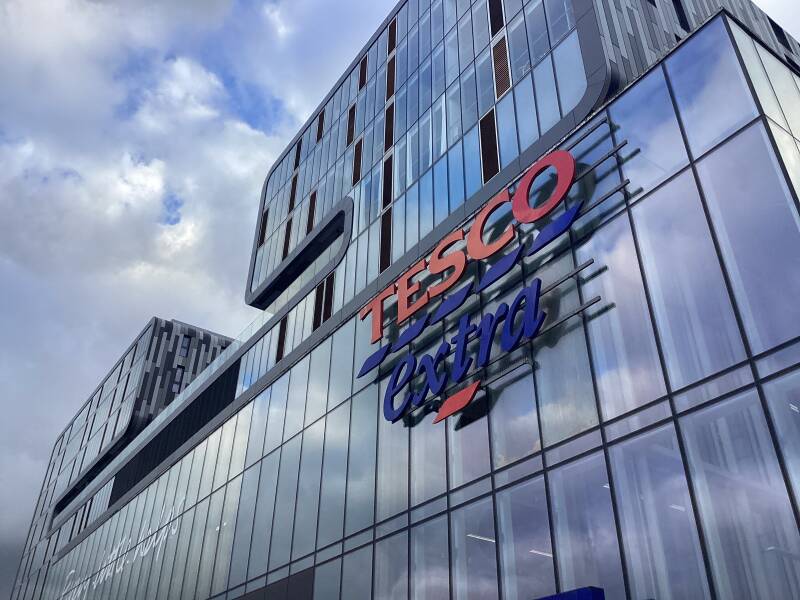
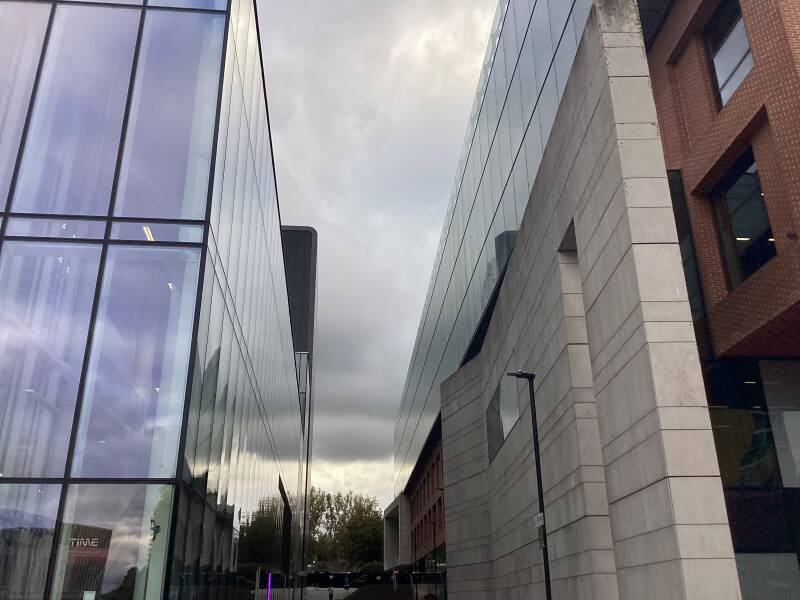
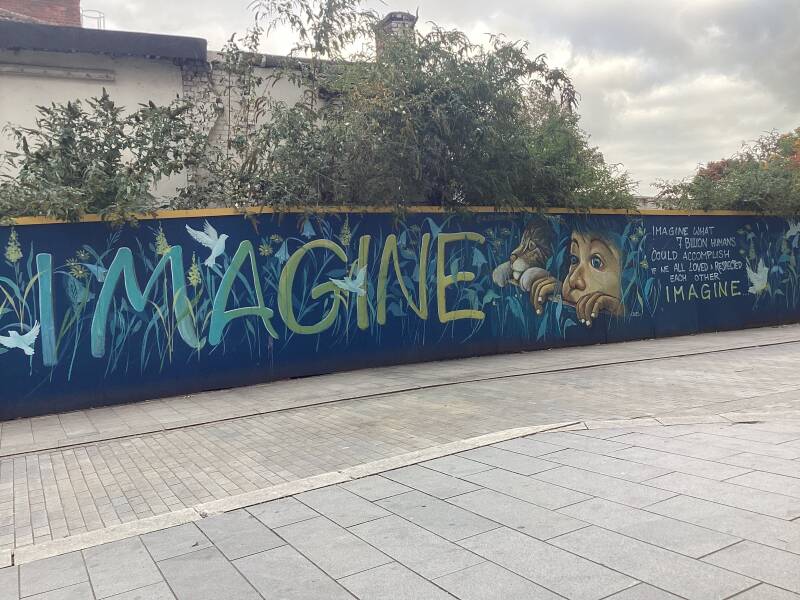
Behind the fence, the future North-East section of W. CENTRAL

WOOLWICH CENTRAL (Carbuncle Prize winner)
WOOLWICH CIVIC CENTRE

Comprising approximately 250,000ft² office accommodation, as well as a local service centre, business centre, community gallery & café, and library facilities, the Civic Centre now houses 2,400 staff and delivers improved public services and community facilities. The new working environment incorporated, ‘New Ways of Working’ principles for space allocation and management to deliver spatial efficiencies. The end result is an agile flexible working environment that promotes user wellbeing, improves Council effectiveness and creates opportunities for public and commercial sector partners.
The Civic Centre formed part of a wider masterplan and asset rationalisation programme bringing major regeneration to the centre of Woolwich including new public square, significant retail offering and over 900 new town centre homes for sustainable living.
Scroll down for the continuation of this route. Look for the CIVIC CENTRE again and follow the route towards ST.MARY MAGDALENE, the parish church and further on…

Otherwise, the “long” route continues on due S
Former ROYAL ARTILLERY HOSPITAL. Then, barracks. Now, CONNAUGHT MEWS, residential
1780. The first military hospital b. in England. When the ROYAL HERBERT was b. on SHOTTERS HILL, 1865e buildings became the CONNAUGHT BARRACKS.
Converted to housing in 1992.
Ruins of the ROYAL GARRISON CHURCH of ST.GEORGE. Now, Memorial Garden
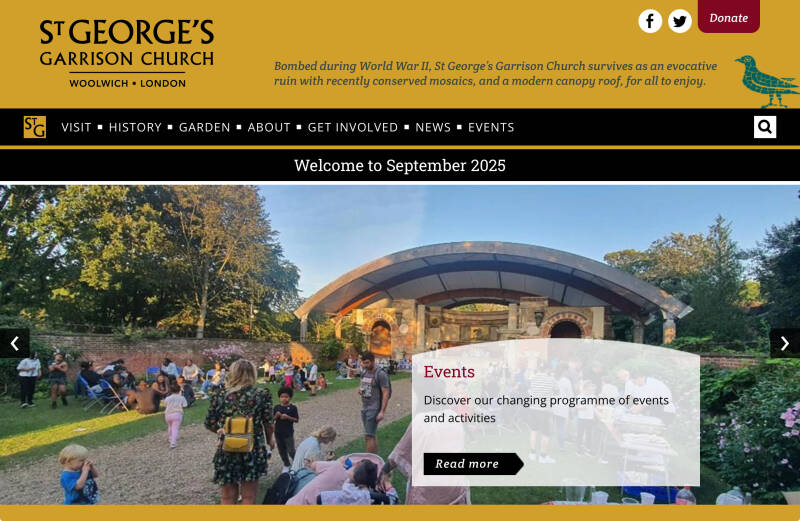

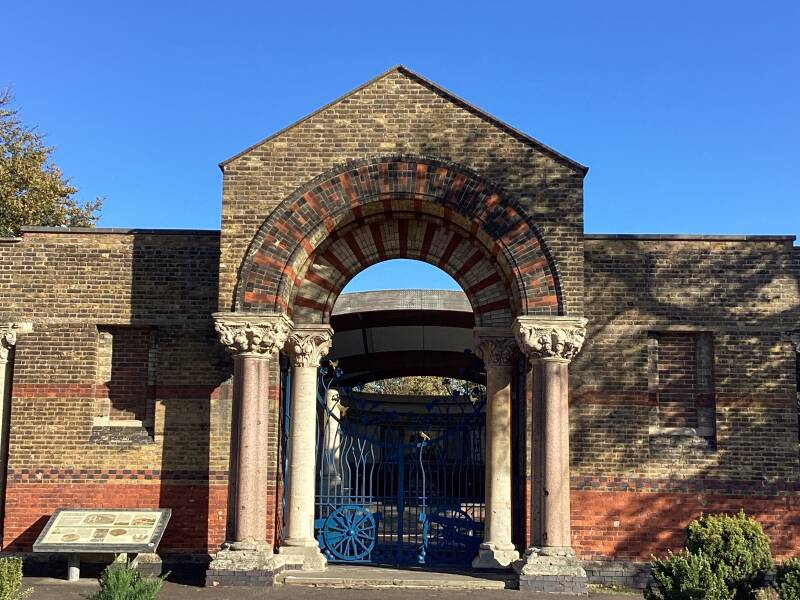
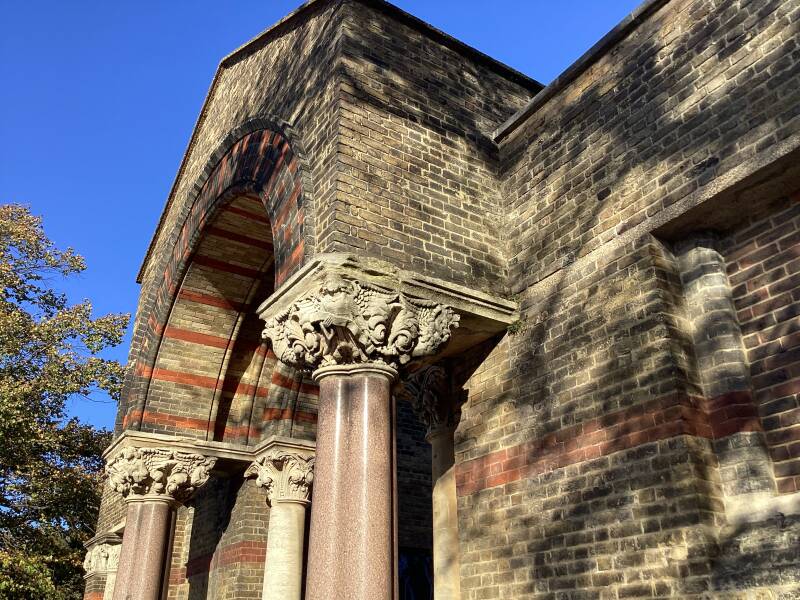
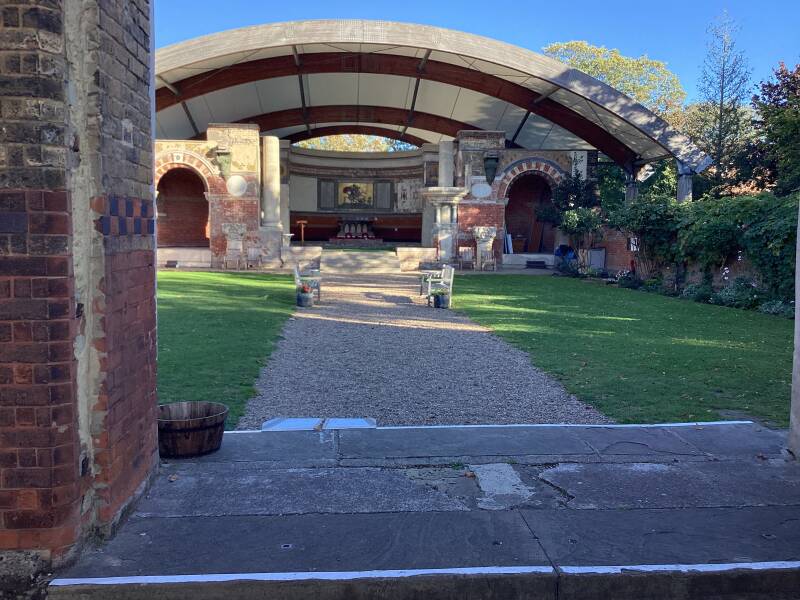


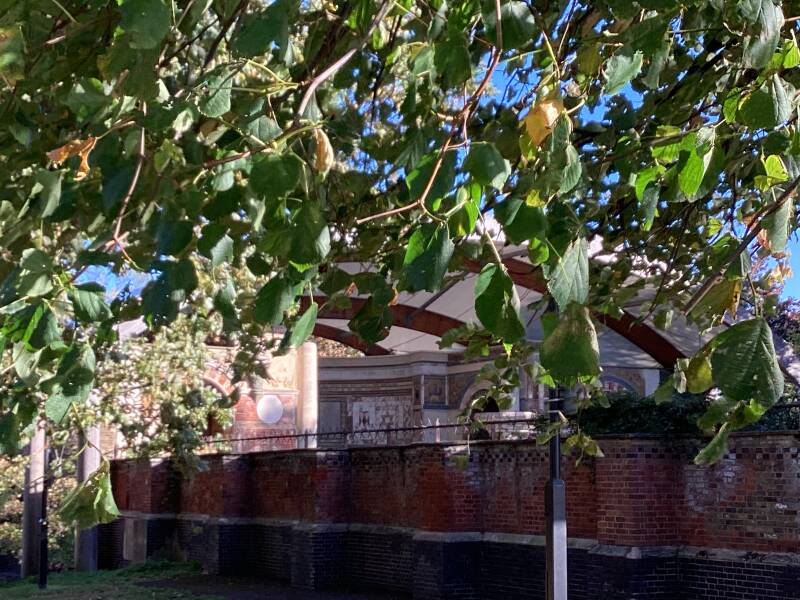
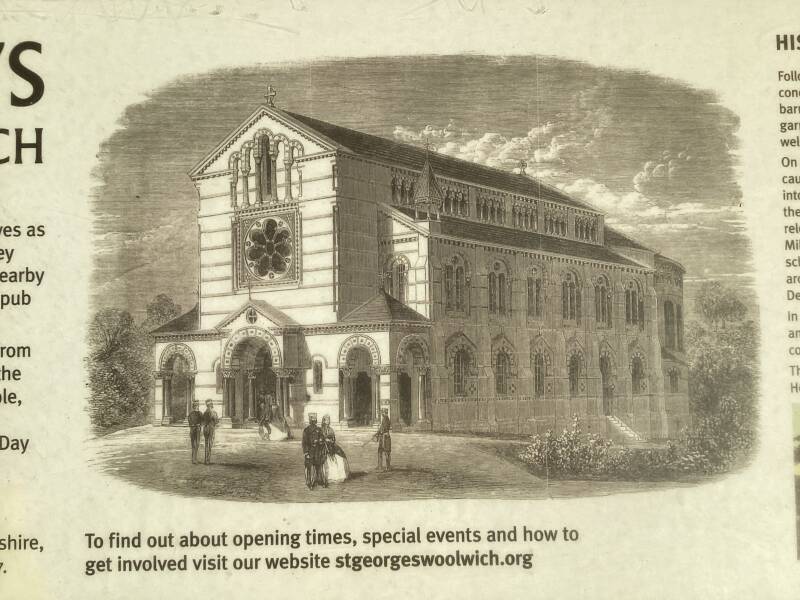
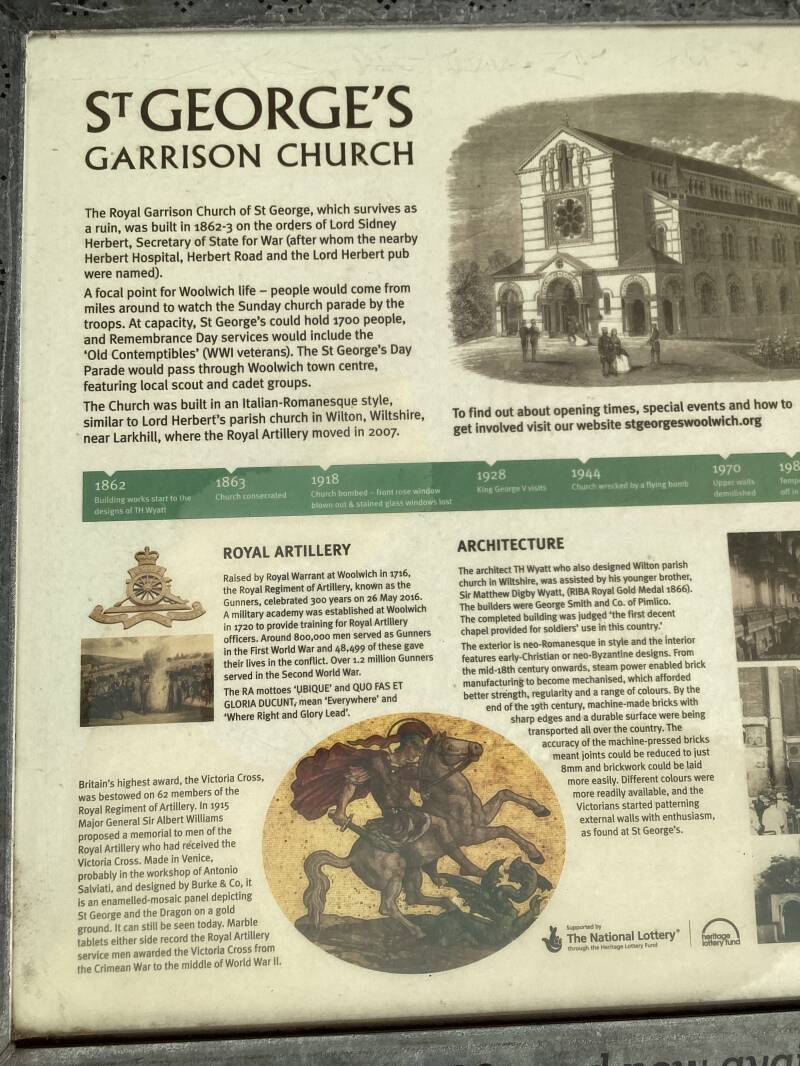
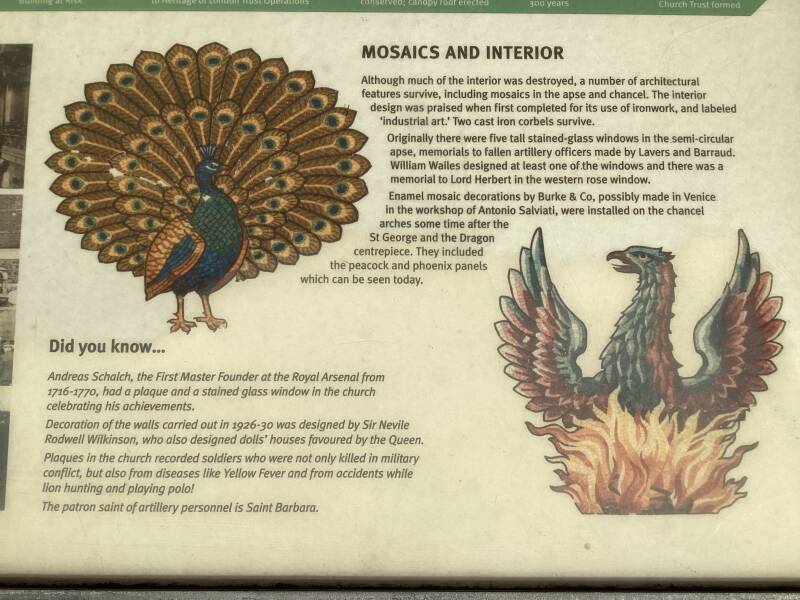
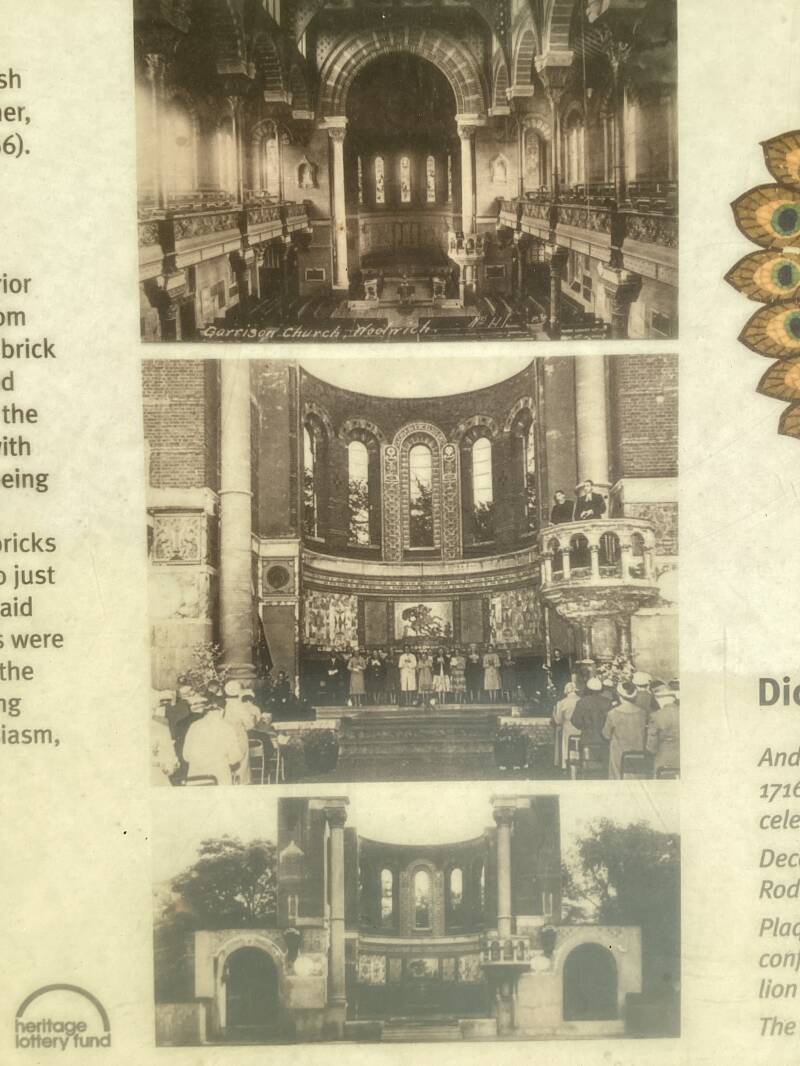
1863. Arch.THOMAS WYATT. Bombed in 1944, but preserved.
Regular church parades with military bands and hundreds of soldiers in dress uniform were a regular and exciting feature of W life.

Former ROYAL ARTILLERY BARRACKS
Magnificent Georgian façade, 330 m. long (the longest continuous architectural composition in London, only comparable, according to PEVSNER to ST.PETERSBURG!).
E half, 1778. E half and linking arch 1802.
It provided accommodation for the RRARTILLERY when the site within the RA became inadequate
From WIKIPEDIA:
To begin with, in 1801, the Horse Artillery barracks was expanded to form a quadrangle in what became the north-east corner of the site, a riding schoolwas built with a farriery attached. James Wyatt was the architect commissioned for these works.
Then in 1802–05, the entire barracks was more than doubled in size by erecting something close to a facsimile alongside to the west: in this way the south front was doubled in length by the building of three new blocks (very similar to the first three, but with a wind-dial in place of the clock); and behind these blocks a second Horse Artillery quadrangle was built
For the south front, which faced on to the parade ground, James Wyatt designed a centrepiece triumphal arch to marry the two halves
And a regimental chapel. The chapel was a large galleried space, with seating for close to 1,500 (later increased to almost 1,800 with the addition of an upper gallery in 1847). When a new garrison church was built in the 1860s, the chapel within the barracks became redundant, so it was converted to become a theatre for the Royal Artillery Dramatic Society.
By 1806 the barracks already housed 3,210 officers and men, and 1,200 horses
In the census of 1841, a total of 2,862 people were recorded as living in the barracks, of whom 759 were women or children (there being no officially-provided housing for married soldiers at that time)
In 1851 work began (to a design by Thomas Henry Wyatt) on a new building for the Royal Artillery Institution; it was opened three years later, standing immediately to the north of the easternmost block of the south range of the barracks. The RA Institution was a scientific association, offering officers the opportunity to hear lectures on physics, chemistry, geology, artillery, military tactics and history.
The theatre (the former chapel) burned down in 1903 and was rebuilt to a design by W. G. R. Sprague; and in 1926 a new Regimental Institute was built to replace the canteen (it provided among other facilities a restaurant, a ballroom, a library and a billiards room). Otherwise there were relatively few structural changes during the first half of the century. In the early 1930s, the barracks still housed some 3,000 soldiers, 1,000 horses and between 80 and 200 officers; with mechanisation, the stables were converted into more rooms for soldiers. In 1939 troops were moved out of the barracks, which (along with other facilities in the Woolwich area) was vulnerable to air attack; but the following year it was filled again with evacuees from Dunkirk. Parts of the barracks were damaged during the Blitz, the easternmost block of the south front being destroyed along with the Royal Artillery Institution
After World War II, the future of the barracks was kept under discussion. Finally, in 1956, the decision was taken that the Royal Artillery would retain it as their depot, but with everything behind the south front demolished and rebuilt
A Defence Estates Review in 2003 proposed a move to Larkhill on Salisbury Plain (where the Royal School of Artillery has been based since 1915). After very nearly 300 years in Woolwich, the last Artillery (the 16th Regiment) left the barracks in July 2007. In 2008–11 the barracks were again largely rebuilt behind the south façade

Alongside the footpath towards Repository Road
CRIMEA WAR MEMORIAL
SEE, LATER ON, ROYAL HERBERT HOSPITAL: https://www.royalherbert.co.uk/history.php
Ideal for Cycling: a little extension


Grand Depot Road
BARRACK FIELD
BOER WAR MEMORIAL
Obelisk of red granite erected in 1902
Former public drinking fountain: MAJOR ROBERT JOHN LITTLE MEMORIAL
Erected by the widow of the retired Staff officer of the ROYAL MARINES, who lived in WOOLWICH COMMON (died in 1861]
1 Kemp Terrace, GENERAL GORDON birthplace
Ha-Ha Road
A ha-ha (originally a French word) or saut de loup, French again for 'wolf jump’, also known as a sunk fence, blind fence, ditch and fence, deer wall, or foss, is a recessed landscape design element that creates a vertical barrier (particularly on one side) while preserving an uninterrupted view of the landscape beyond from the other side. The name comes from viewers' surprise when seeing the construction.
The design can include a turfed incline that slopes downward to a sharply vertical face (typically a masonry retaining wall). Ha-has are used in landscape design to prevent access to a garden by, for example, grazing livestock, without obstructing views.
Here, it separates BF from WC
The name ha-ha is of French origin, and was first used in print in Dezallier d'Argenville's 1709 book The Theory and Practice of Gardening, in which he explains that the name derives from the exclamation of surprise that viewers would make on recognising the optical illusion.[1][2][3]
Grills of iron are very necessary ornaments in the lines of walks, to extend the view, and to show the country to advantage. At present we frequently make thoroughviews, called Ah, Ah, which are openings in the walls, without grills, to the very level of the walks, with a large and deep ditch at the foot of them, lined on both sides to sustain the earth, and prevent the getting over; which surprises the eye upon coming near it, and makes one laugh, Ha! Ha! from where it takes its name. This sort of opening is, on some occasions, to be preferred, for that it does not at all interrupt the prospect, as the bars of a grill do.
D. d'Argenville (1709)
Nearby
Last GLADSTONE speech

Woolwich Common (road)
WOOLWICH COMMON
This is what remains of a much larger Common, which has been under Army jurist since it was sold to the BOARD OF ORDNANCE. The N end is used for travelling fairs and circuses, while the wilder S is rich in wildlife
Use of Woolwich Common by the military predated the opening of the barracks: guns had been tested there since the 1720s, and in 1770 an artillery range was set up for target practice. In 1802-4 four Acts of Parliament transferred leasehold ownership of the common (which until then had also been used as public grazing land) to the Board of Ordnance; the 'Gatehouse' on Repository Road (which originally housed soldiers guarding the garrison) dates from around this time.[12] The Board acquired freehold ownership in 1812.[
The common has long been used for sport: on the west side of the common a stadium was built by the Army in 1920; it was used for football, rugby, show jumping, athletics, and also military tattoos.[14] The shooting events at the 2012 Summer Olympics and Paralympics were held at a temporary venue on the northern edge of the common;[15] (the original plan to conduct the shooting at the National Shooting Centre at Bisley, Surrey, was changed after the International Olympic Committee expressed reservations about the number of sports proposed to be staged outside London)
Along Woolwich Common, Red Lion Lane and Constitution Rise
Former ROYAL MILITARY ACADEMY. Later, Artillery Garrison accommodation, now residential



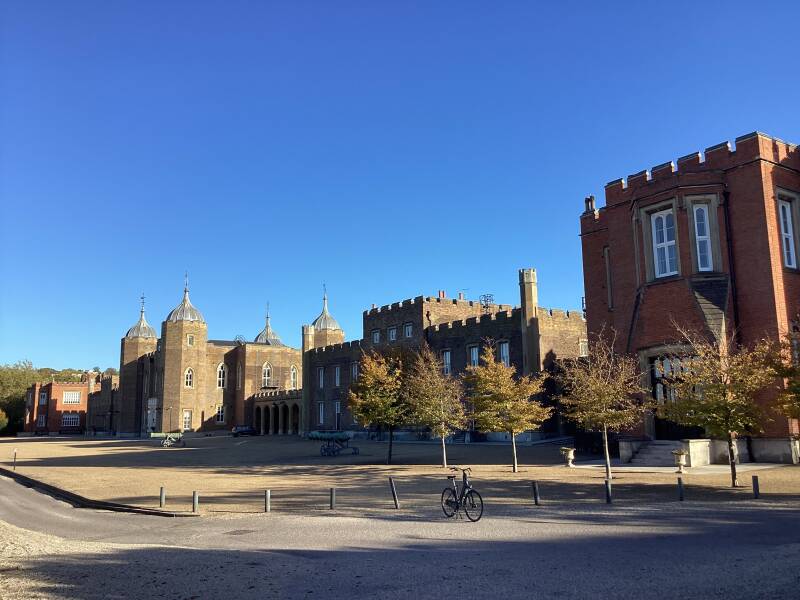
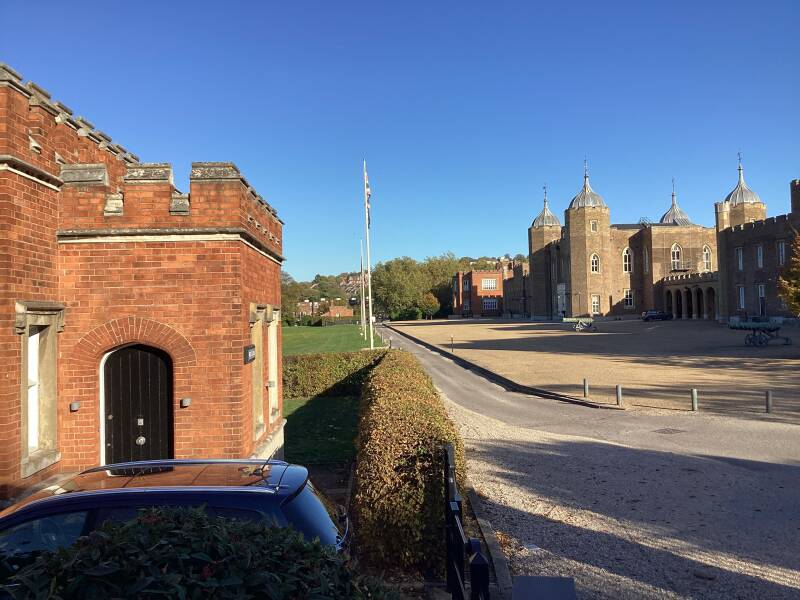
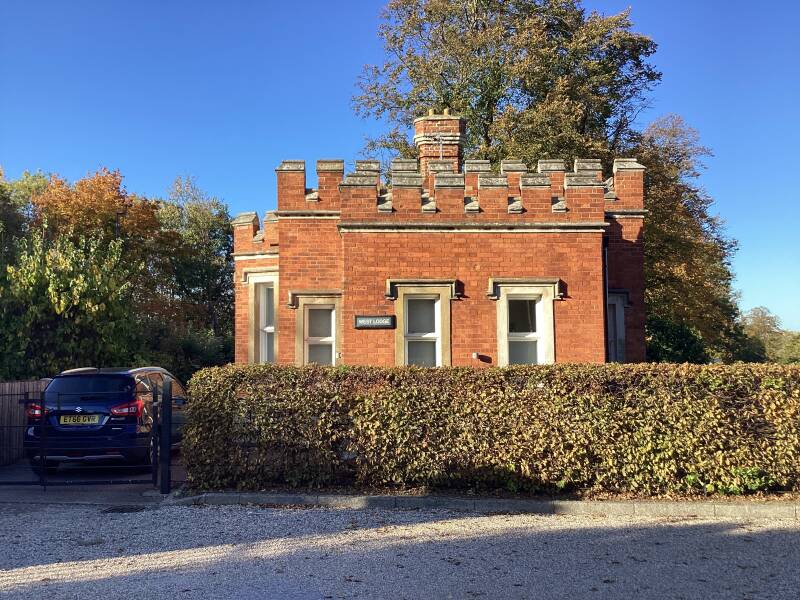


F. in the RA, 1741. Lack of space there led to the building of a new Academy on the Common, 1805-06. RMA Woolwich was commonly known as "The Shop" because its first building was a converted workshop of the Woolwich Arsenal.
A phrase said to have entered common parlance from the Academy is "talking shop" (meaning "to discuss subjects not understood by others").
The buildings were used by the Artillery Garrison, from 1945, when the academy was transferred to SANDHURST.
The buildings have been redeveloped for housing: Durkan Group bought the Woolwich site by public tender in 2006 and redevelopment started in 2008. The Woolwich buildings, several of which are grade II listed, were converted and extended into 334 houses and apartments, including 150 for a housing association. In 2017 the scaffolding around the main facade was removed as refurbishment neared completion. Since 2013 the RMA cricket field, one of the oldest in the UK, has been used by the 3rd and 4th teams of Blackheath Cricket Club.
The main Academy buildings are described by Historic England as "an outstanding example of Wyatt's Gothick style, and one of the most important pieces of military architecture in the country"
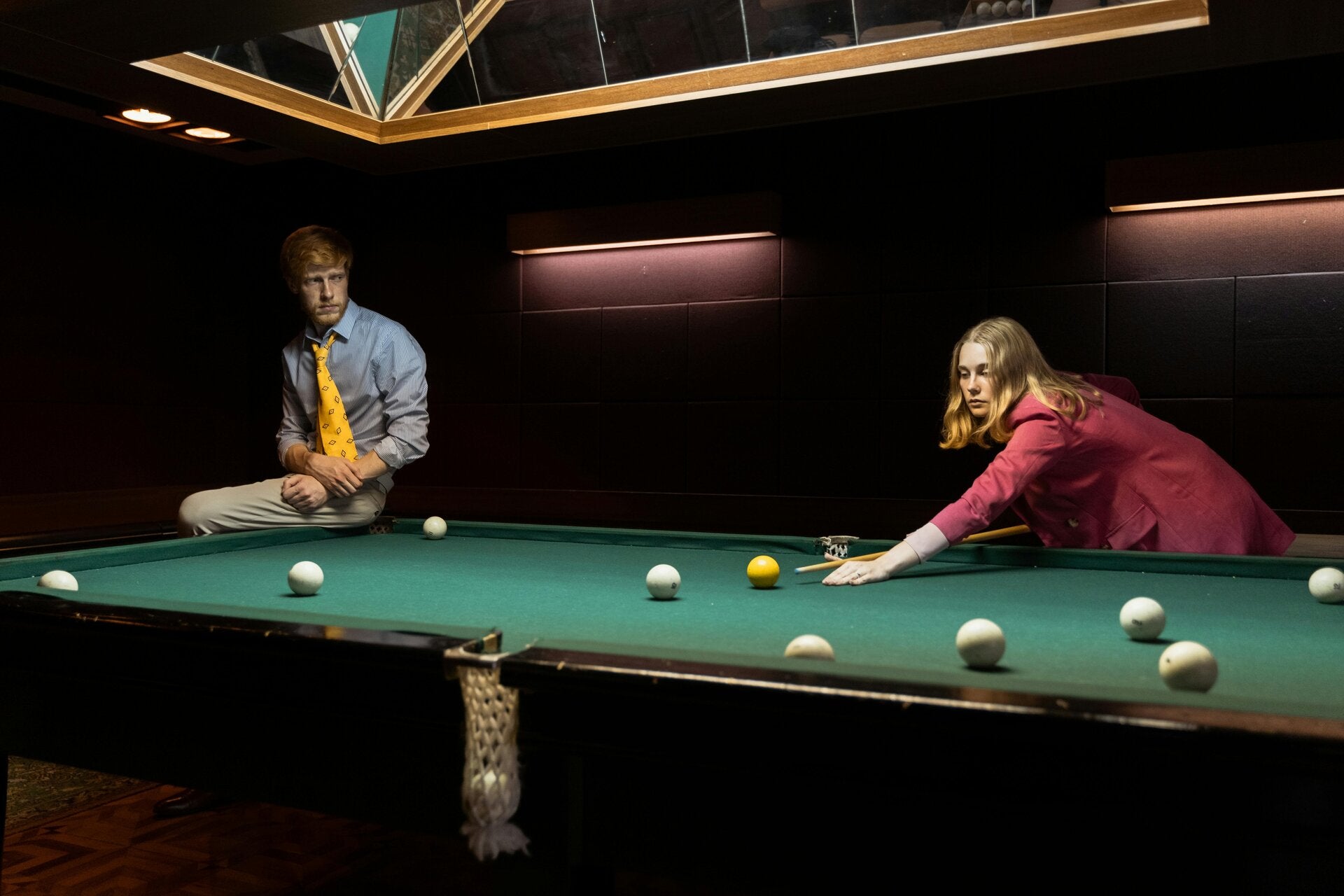

The Royal Military Academy Sandhurst was formed on the site of the former Royal Military College(founded in 1801 for the training of officers for arms other than the Royal Artillery and Royal Engineers) in 1947 when it amalgamated with the Royal Military Academy in Woolwich (founded in 1741 for the training of officers for the Royal Artillery and Royal Engineers).
Napoleon Lane!



Want to make the route still longer?. The are interesting places both sides of Shooters Hill: see chapter www
THE RED LION P.H.
MEMORIAL
CHRISTCHURCH
YPRES SIGNPOST
OXLEAS WOOD
SEVERNDROG CASTLE

CASTLE WOOD

JACK WOOD



Back to WOOLWICH TOWN CENTRE: Northwards along Baker Road and Stadium Road
Site of STADIUM
QUEEN ELIZABETH HOSPITAL

Alternatively
Back to Academy Road
Circular Way
Ha-Ha Road
Repository Road
THE KING’S TROOP ROYAL HORSE ARTILLERY COMPANY HQ

built in 2011-2012 to replace an earlier barracks. The new, purpose-built facility provides housing, stabling for 140 horses, an indoor riding school, a gun park for historic artillery, and sustainable features like a biomass plant using horse manure for heating
In 2012, an artillery link was regained when the King's Troop, Royal Horse Artillery, moved from the St John's Wood Barracks to a new headquarters on the Woolwich site, bringing with them a complement of 120 or thereabouts horses, historic gun carriages and artillery pieces used in their displays.
In November 2016 the Ministry of Defence announced that the site would close in 2028, with all army units currently stationed in Woolwich scheduled to be relocated.[26] In 2020, it was announced that the adjacent Napier Lines were to be retained as the base of the King's Troop, Royal Horse Artillery.
After the Second World War, King George VI expressed the view that, following the mechanisation of the last batteries of horse-drawn artillery, a troop of horse artilleryshould be retained to take part in the great ceremonies of state. Accordingly the Riding Troop was reformed on 17 April 1946 at Shoeburyness as a six-gun Royal Horse Artillery battery for the Household Division.[4]
At the suggestion of Brigadier John Anquetil Norman, the King declared that the Riding Troop would be known as 'The King's Troop'.[5] The King issued his proclamation on 24 October 1947 by amending the page on the visitors' book by striking out the word "Riding" and inserting "King's".[6] On her accession, Queen Elizabeth II declared that the name 'The King's Troop' would remain in honour of her father.[3]
Site of the AFGHAN & ZULU WAR MEMORIAL
It was moved to the Royal Artillery Barracks at Larkhill, Wiltshire in 2007.
Rough hewn rock, with arms of both Afghans and Zulus is copper.
By COUNT VICTOR GLEICHEN, 1881
RAILWAY GUN, a HOWITZER
Taking their name from the railway track on which they were set, only 5 were made, 1917-19, and the one here the only one to survive.
REPOSITORY WOODS
is a 7 acres (2.8 ha) deciduous woodland area to the west of the British Army's Woolwich Garrison in the Royal Borough of Greenwich in southeast London. Initially created for pleasure use in the early 19th century, it was later used for military training, and is designated at Grade II as the UK's earliest known purpose-built military training landscape. Its features include training and practice earthworks, a stream and man-made lake and terraces.
In the 1770s, Captain (later Sir) William Congreve created a 'Repository of Military Machines' in the Warren: a collection of guns, mortars, models and other items used to teach gunners and engineers the history and practice of their craft. At the same time, he devised a set of practical training exercises, which were carried out under his supervision on open ground nearby; known as 'Repository Exercises', these involved manhandling heavy guns and equipment over 'Ditches, Ravines, Inclosures or Lines' designed to simulate challenges likely to be encountered in the field. In 1778 the Royal Military Repository was given formal recognition, and Repository Exercises became compulsory.[5]
In 1802 the building in the Warren burned down; but shortly afterwards Congreve re-established the Repository on recently acquired land just to the west of the Barrack Field. There, what became known as the 'Repository Grounds' (today Repository Woods) were laid out with trees, ditches, ravines, earthworks, and other structures in order to train troops in the movement of guns, ammunition and heavy equipment across difficult terrain. There were two large ponds, on which men were taught 'to lay pontoons, to transport artillery upon rafts, and all the different methods that can be adopted for the passage of troops across rivers, &c.'.[7] In the 1820s an earthwork training fortification was added along the length of the eastern boundary, on which were mounted 'all the different sorts of cannon used in the defence of fortified towns'.[7]
On the southern part of the site, four long gun-carriage sheds were built in 1802-5 (the northernmost, with offices at either end, designed to accommodate items from the Repository's historic collection). To the north of the sheds, the Rotunda(previously erected at Carlton House to celebrate the peace of 1814) was rebuilt in 1820; it served to house the surviving model collection of the Royal Military Repository (which in the meantime had been on display in the old Academy in the Warren).[5]
In the 1880s it was still the case that all officers of the Artillery (including those of the Militia and Volunteers) had to pass a term of instruction at the Repository.[8] The Rotunda by this time had been opened to the public as the Royal Artillery Museum. In 1890, the Royal Military Repository closed (much of its work having transferred to Shoeburyness). The Repository Woods remained in used for military training, however, through the 20th and into the 21st century
Green hill
Former OBSERVATORY

The property has been in continual use by the Army since it was built in 1838. It has recently been vacated and was last used as welfare facilities.
This was the first headquarters of the Royal Artillery Institution (a scientific educational club for officers), which had been founded that year by Lieutenants John Lefroy and Frederick Eardley-Wilmot. From 1839 it also served as the home base for Edward Sabine's global survey of terrestrial magnetism (with which Lefroy and Eardley-Wilmot were closely involved); it was known for a time as the Magnetic Office, until the Magnetic Survey moved to Kew Observatory in 1871.[10] The observatory was extended in 1853, with the addition of a domed equatorial room. The following year, the RA Institution moved into new larger premises within the main Barracks complex; but it continued to use the observatory for astronomy until 1926. While the equatorial room was demolished soon afterwards, the original small transit room survives, alongside the pedimented annexe which originally housed the Institution's library and reading room. In the 21st century it accommodated the Royal Military Police.[5]
THE ROTUNDA

1814. JOHN NASH designed 6 tents to celebrate (prematurely)the end of the NAPOLEONIC WARS. They were erected on the grounds of Carlton House in 1814 for use as an additional reception room for the many events hosted there by the Prince Regent.
Six years later the central tent (originally a 24-sided wooden structure) was brought to W, to house the MUSEUM OF ARTILLERY. To protect the canvas and make the tent a more permanent structure, an elegant lead roof was added together with a brick surround and a central pillar.
MALLET’S MORTAR
One of a pair of mortars designed by ROBERT MALLET were made in the AREA in 1854. They were capable of firing a 3 feet shell almost a mile. It was never fired in anger
GREEN HILL BARRACKS
In the area between the Gun Park and the Rotunda, terraced housing was built in the 1920s to serve as married quarters for soldiers. More terraces were added in the 1930s and 1950s; as Green Hill Barracksthey continued to house soldiers into the 21st century. North of the Gun Park, rows of gun carriage sheds were built in the 19th century; known as Congreve Lines, the area now contains the Army Medical Centre and welfare services.
Former GREENHILL SCHOOLS, now GREENHILL COURTS, residential
a Regimental School had been established in 1808, in timber sheds by the barracks. In the 1850s the school was rebuilt on what is now Green Hill Terrace. By the 1860s, Green Hill Schools had a daily attendance of over a thousand children, with teaching also provided on site for non-commissioned officers as a way of combatting illiteracy. In the evening the building was put to social and other uses; it remained in military use until the 1960s.
GATEWAY. Site of CAMBRIDGE BARRACKS. Now housing
The CB were b. as ROYAL MARINES Barracks, 1847. In 1869 they became Army Barracks and renamed Cambridge Barracks, after the Commander-in-Chief of the Forces, Prince George, Duke of Cambridge.
Demolished in the 70s., the site is occupied by housing
The splendid rusticated archway of the gatehouse remains and now functions as a community centre and police office
GATEWAY. Site of the ROYAL MARINES INFIRMARY
Much less impressive than the previous, this was the entrance to the INFIRMARY. built in 1859.
It was (along with Blackburn Infirmary) one of the first two pavilion-plan hospitals to be erected in England in the wake of the Crimean War.[1]
It became, as well Army Barracks.
Renamed Red Barracks, reflecting the original red brick design, the old infirmary building accommodated the Army Ordnance Corps (later the Royal Army Ordnance Corps) until October 1921,[5] when the corps moved its headquarters to Hilsea Barracks near Portsmouth.[6] From 1885 Red Barracks also accommodated Artillery College (known as Ordnance College from 1899 to 1918). After the departure of the RAOC the college expanded to fill the whole of Red Barracks; renamed the Military College of Science in 1927, the college moved to Shrivenhamin 1939.[7] Red Barracks then became the home of the Inspectorate of Armaments (later the Quality Assurance Directorate (Weapons))[8] and also accommodated the Royal Artillery Record Office from 1940.[4]
The building was decommissioned by the British Army in 1967 and used as a venue for the comedy film, The National Health, which was released in 1973.[9]Despite being a listed building, it was demolished in 1975 and converted into a modern housing estate.
Church of ST.MICHAEL and ALL ANGELS

A mission chapel and schoolroom began here in 1866, on the site of a skittle alley.
The present church was designed by WILLIAM BUTTERFIELD, 1889, retaining and earlier chancel of 1868. West aisle was added in 1955.
the building was sold in 2014 to a Ghanaian church and is now known as the Church of the Pentecost UK / Jubilee Temple.

William Butterfield designed and built numerous significant churches in London, most notably All Saints, Margaret Street, considered a masterpiece of High Victorian Gothic architecture. Other London churches by Butterfield include St. Augustine's, Queen's Gate and St. Alban's, Holborn. He was known for his use of vibrant, colored stone and bricks to create richly decorated exteriors and interiors, reflecting the High Anglicanism of the Oxford Movement
WOOLWICH DOCKYARD railway station
A rather grander structure was opened in 1849, but it was largely destroyed by fire.
In a deep and dramatic brick-lined cutting sit the platforms below

An optional route will take you to the riverside, that is, to the former ROYAL DOCKYARD
End of the extension

From here you can follow the route that will follow now , but in an inverted sense, from the FIRE STATION to the CIVIC CENTRE, that is: FIRE STATION, PARISH ALMSHOUSES, ST.MARY MAGDALENE CHURCH, former ODEON, and then CORONET CINEMA, former GRANADA CINEMA, former CO-OPERATIVE SOCIETY, former LIBRARY, POLICE STATION, TOWN HALL
“Short” route: towards the old Civic Centre
After ST.PETER’S RC CHURCH and along Love Lane

Town Centre Master plan
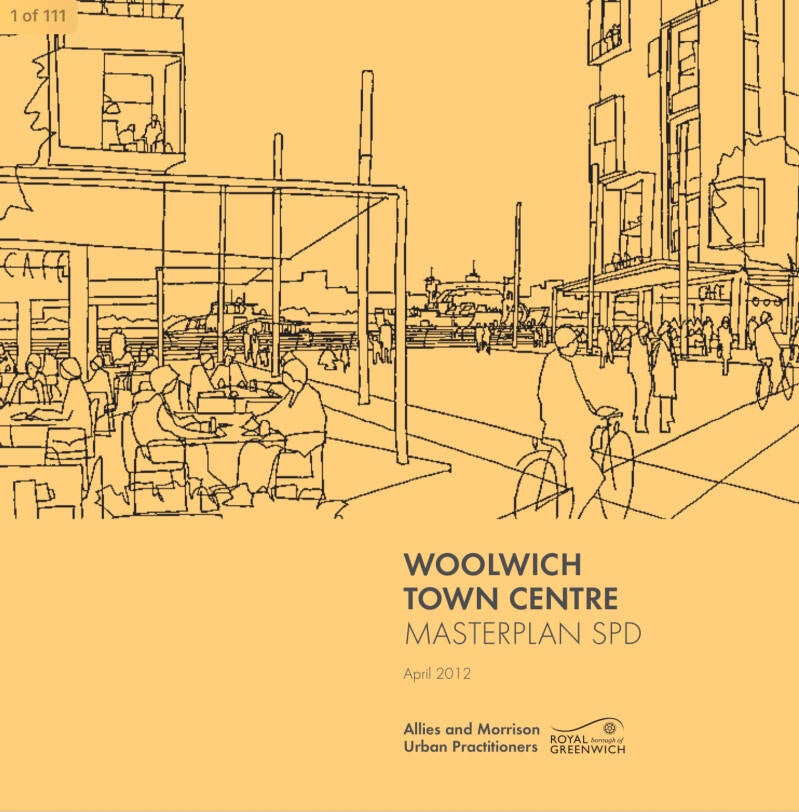


CIVIC CENTRE

Comprising approximately 250,000ft² office accommodation, as well as a local service centre, business centre, community gallery & café, and library facilities, the Civic Centre now houses 2,400 staff and delivers improved public services and community facilities. The new working environment incorporated, ‘New Ways of Working’ principles for space allocation and management to deliver spatial efficiencies. The end result is an agile flexible working environment that promotes user wellbeing, improves Council effectiveness and creates opportunities for public and commercial sector partners.
The Civic Centre formed part of a wider masterplan and asset rationalisation programme bringing major regeneration to the centre of Woolwich including new public square, significant retail offering and over 900 new town centre homes for sustainable living.
Wollwich’s historical civic area
BATHWAY QUARTER https://en.wikipedia.org/wiki/Bathway_Quarter
Wellington St.
Not far away,
THE DIRECTOR GENERAL P.H
1863. 1901 frontage. Edwardian character. Embossed tiles.
A MUSIC HALL operated in the rear room.
TOWN HALL

2025

Arch.: Sir ALFRED BRUMWELL THOMAS. Splendid,ornate building opened by WILL CROOKS MP, with a huge gold key, in 1906. WOOLWICH was giving the status of METROPOLITAN BOROUGH and, as elsewhere in England, a surge of civic pride followed.
One of London’s more florid civic buildings. The principal meeting place of the RBG
Inside, the VICTORIA HALL has fine plasterwork and a magnificent statue of QUEEN VIC by FREDERICK POMEROY, funded by public subscription and unveiled by the DUKE OF CONNAUGHT before the very opening of the TH. 3 domes, balustraded gallery all round, approached by a grand staircase at the far end, which divides into 2 below a Venetian window.
Council Chamber of gallery to the right, square, domed, with stained glass and ornate plasterwork and woodwork, and public galleries. Entrance to the public hall in Market St.
The Metropolitan Borough of Woolwich was abolished in 1965 and largely merged with Greenwich (a small section north of the Thames went to the London Borough of Newham). Woolwich Town Hall became the seat of local government of the new London Borough of Greenwich.[8]
1842 TOWN HALL

Small, modest, classical.Pillars and plain pediment.
Initially, the improvement commissioners for Woolwich, then a civil parish in the County of Kent, met in a room next to the poorhouse and in the parish church of St Mary Magdalene.[2] The first town hall in Woolwich was built in around 1839, but was almost immediately sold to the Metropolitan Police.[3]
A second town hall was built in Calderwood Street in 1842. In 1855 the Metropolis Management Act provided every parish in the metropolitan area with its own local administration. In 1889 the parish of Woolwich became part of the newly formed County of London and in 1900 the Metropolitan Borough of Woolwich was formed from the parishes of Woolwich, Plumstead and Eltham. This prompted the construction of a larger and more representative town hall. The old one functioned until 1906.
MAGISTRATES COURT
1912. Classical. Red brick quoins, stone plinth. The central bay contains the main entrance door. Sets of 3 windows, surmounted by a steep, projecting triangular broken pediment with England’s coat of arms in the tympanum
Market St.
Nos.24-28
Early 19th c. Terrace of small houses, part of a previous larger terrace, a survival of a previous age in a predominantly Edwardian area.
POLICE STATION
New buildings for the County and Magistrates' Court, as well as a new police station and the existing library, formed a small administrative quarter.
Former PUBLIC LIBRARY
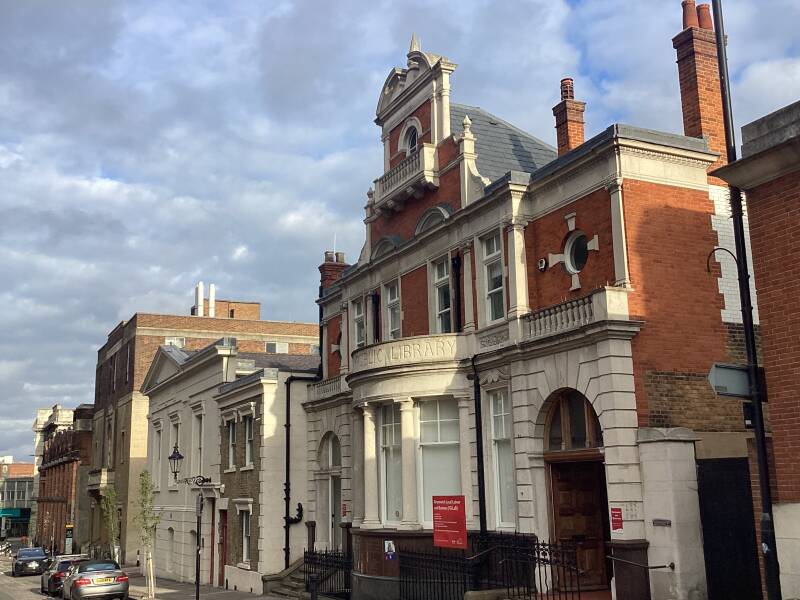

1901.Withs funds from the CARNEGIE FOUNDATION. Archs. CHURCH, QUICK & WHINCOP. Central bow window below a Dutch gable. Fine lamp-holder.
The Carnegie Foundation's legacy in English libraries stems from philanthropist Andrew Carnegie's significant donation of funds to build 660 public libraries across the United Kingdom, starting in the late 19th and early 20th centuries. The Carnegie UK Trust continues this work through funding for public libraries, with programs like policy work, practical projects, and research to support libraries and their communities in England and beyond.
Andrew Carnegie was a Scottish-American businessman who became one of the richest Americans of all time chiefly through his involvement in the steel industry. Toward the end of his life, Carnegie gave away the vast majority of his fortune and encouraged others to do the same with their personal wealth.
Carnegie was born in Dunfermline in Fife where we are still based today and emigrated to the United States at the age of 12.

Gort Scott were appointed following an invited competition in 2022 as architects, conservation architects and lead consultants for the redevelopment of Woolwich Old Town Hall and Library.
Woolwich is home to an unusual concentration of former civic buildings, now in need of new use. Gort Scott has conceived a series of sensitive insertions and alterations to form an arts hub in the Old Town Hall and Old Library complex.
Calderwood St.
GURDWARA




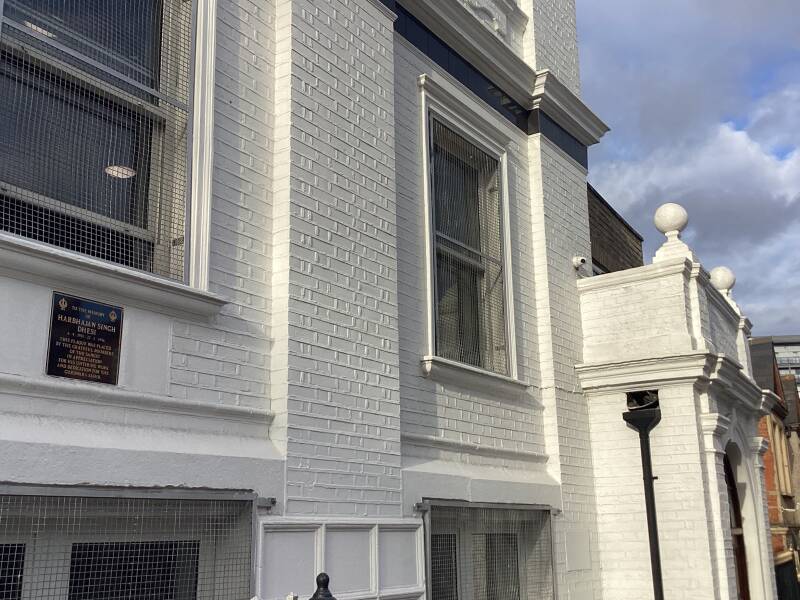
Former Baths
1894. HH CHURCH, arch. to the BOARD OF HEALTH.
Calderwood St
HANDLEY PAGE here?

Alan Burkitt-Gray said...
Wow about Handley Page. I worked at 30 Calderwood Street, the building opposite Littlewoods, for seven years in the 1970s -- working, among other things, on The Engineer magazine. We'd all have been fascinated to learn that we were virtually on the site of the UK's first aircraft factory.
https://greenwichindustrialhistory.blogspot.com/2013/07/dianas-notes-on-woolwich.html
Former WOOLWICH POLYTECHNIC, former UNIVERSITY OF GREENWICH
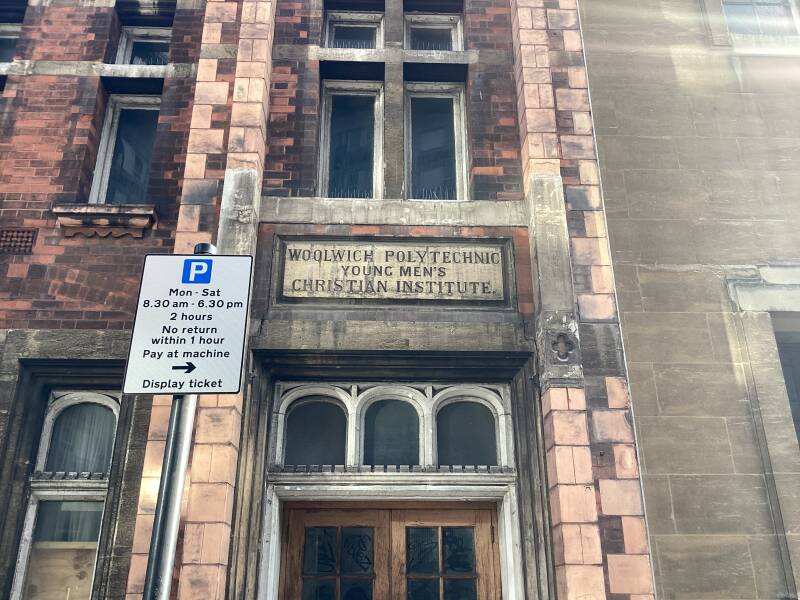
F.1890. The FIRST after the REGENT ST. By QUINTIN HOGG as WP YPUNG MEN’S CHRISTIAN INSTITUTE. In 1969, 500 students in 1891.
THAMES POLYTECHNIC. In 1992, UNIVERSITY of GREENWICH campus. 8.000 students, a few years ago.
It occupied most of the block bounded by CALDERWOOD, POLYTECHNIC, WELLINGTON and THOMAS streets.
BANK HOUSE

Only non-purpose built. Around 1880. With prominent turret and pilasters.
ORIGINAL BUILDING
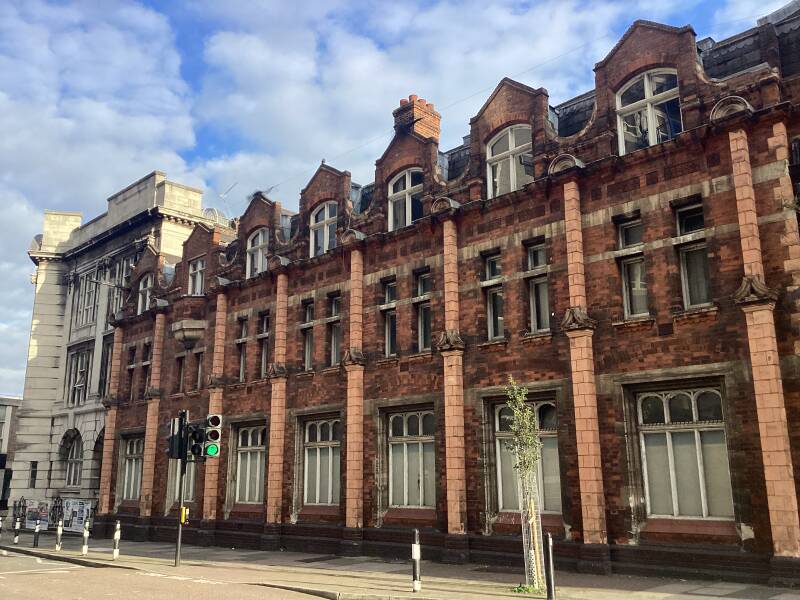
HH CHURCH Arch. Projecting terracotta piers and Baroque caps. Gabled dormers. The original entrance has been replaced by window. See inscription, though

POLYTECHNIC ST. BUILDINGS
Probably 1899. Long and symmetrical. 2 oriel windows, fantastic stone work, ornamental detail.
MAIN ENTRANCE
FIGGS & MUMBY Arch’s. 1915. Splendid Baroque. Frontispiece fronted by Ionic columns. Behind, the foyer: a roundabout in a well, with circular balustrades in two upper floors receding up to an elegant glazed dome, the most interesting architectural feature of the complex
MAIN HALL
Added 1935. JC ANDERSON Arch.
WELLINGTON ST. BUILDINGS
1964. LCC Arch. dept. Modernist. Used until recently as the main entrance block.
Nos 2-4 WELLINGTON ST.
Classical, 1888. 3 bay and 4 bay frontages. Coursed granite to GF with segmented headed windows. Corner entrance with octagonal pierced turret and dome with finial.
GURDWARA SIKH TEMPLE
Originally a METHODIST chapel for the Artillery Garrison.
Large classical, with bold Tuscan portico. Great series of round-headed windows on round-headed recesses.
Next door, WESLEYAN METHODIST SUNDAY SCHOOL
2-3 Calderwood St.
Early 19th. c pair
Former UofG buildings: Redeveloping WOOLWICH ISLAND
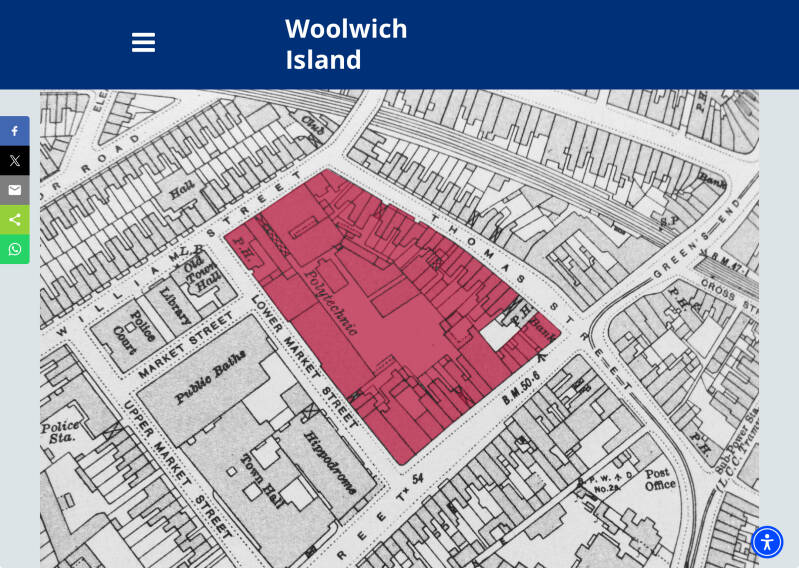
Powis St.


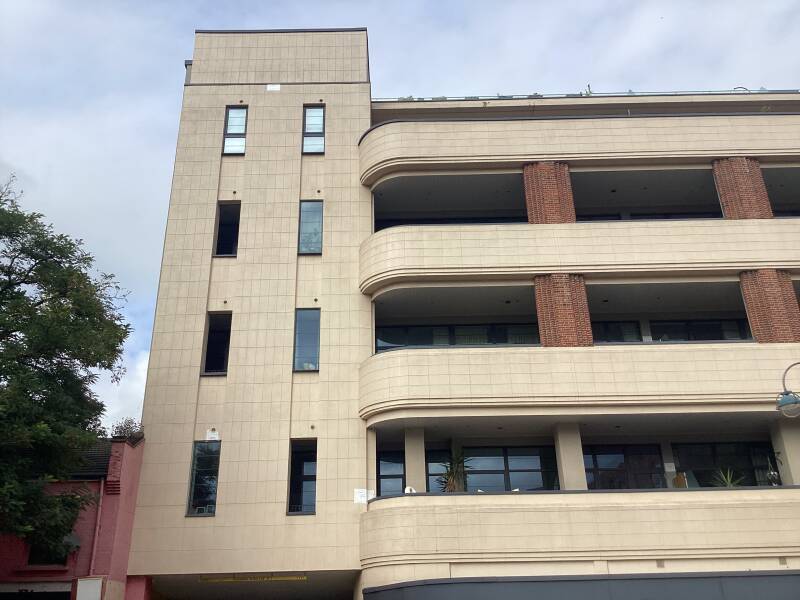
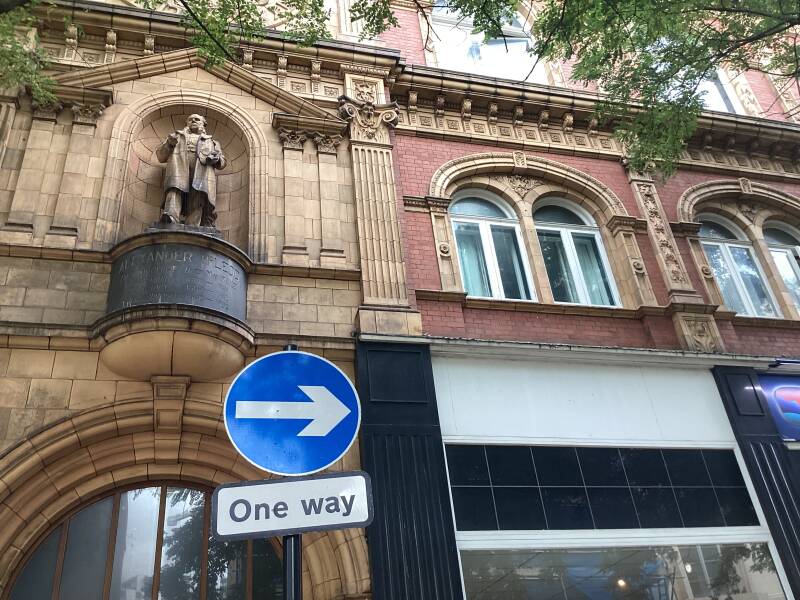
Former ROYAL ARSENAL CO-OPERATIVE SOCIETY. “Each for all and all for each”
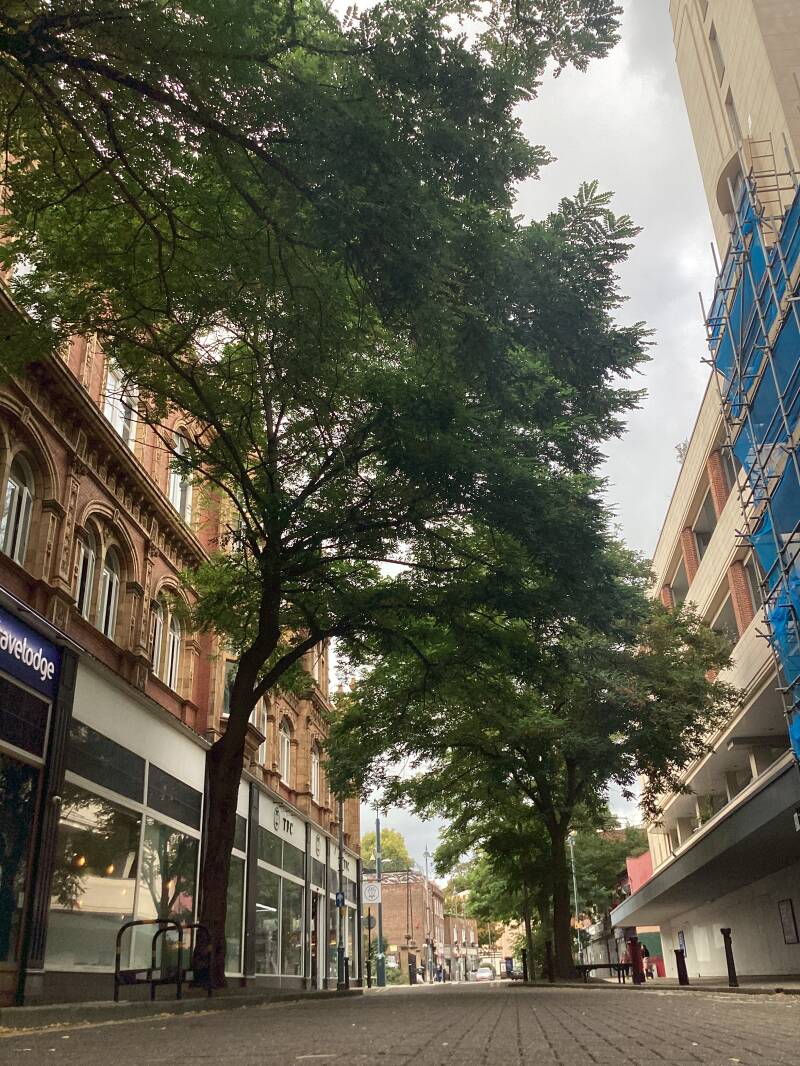
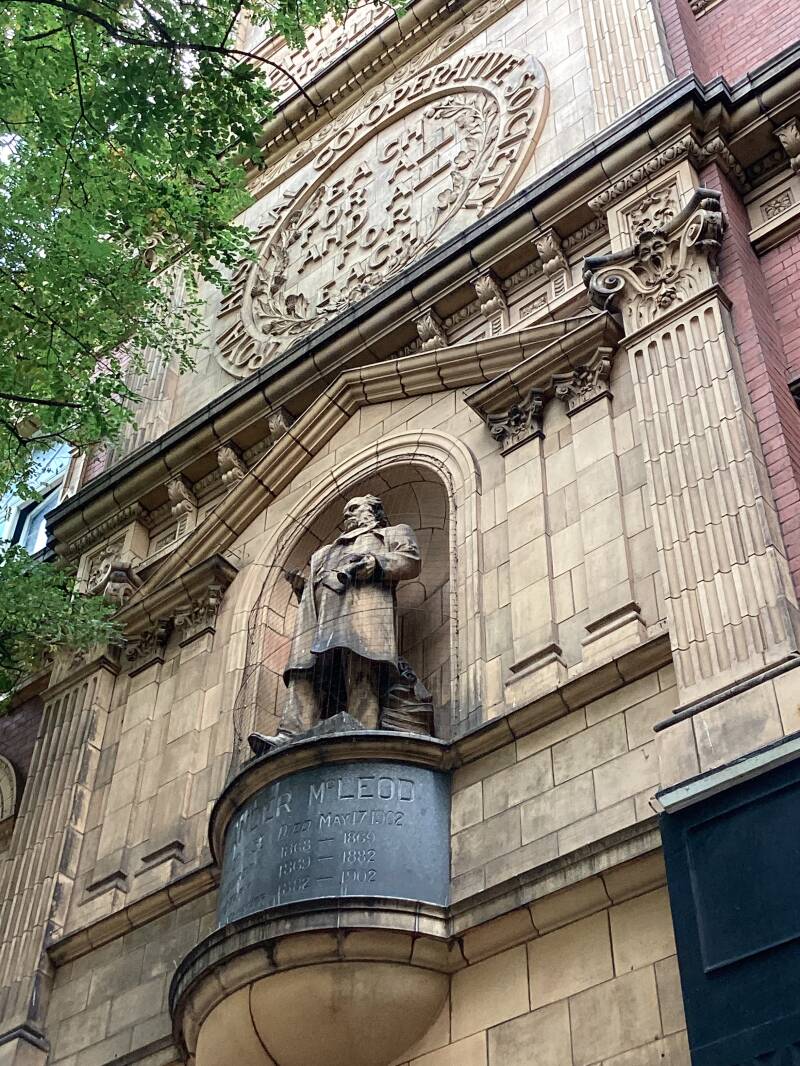

Built in a “HARRODS” Italian Renaissance, complete with a clock tower, and it was opened in 1903. Two military bands and a crowd of 5.000 marched to POWIS ST. to attend the opening of the store and the unveiling of the MCLEOD STATUE.
In addition to the terracotta decoration, marvellously elaborate, the co-op MOTTO
RACS history
The Royal Arsenal Co-operative Society (RACS) was a large consumer co-operative based in south east London, England. The co-operative took its name from the Royal Arsenal munitions works in Woolwich and its motto was: "Each for all and all for each". In 1985 it merged into the national Co-operative Wholesale Society.
Co-operative trading had been rooted in Woolwich and the Royal Arsenal since the mid 18th century.[1] In 1868 the Royal Arsenal Supply Association was established by William Rose (1843–1909?) and Alexander McLeod (1832–1902), consisting of 20 workers from the Royal Arsenal. The first base and store was at Rose's house at 11 Eleanor Road (now Barnard Close). In 1869 Rose was laid off at the Arsenal and emigrated to Canada (where his son William Oliver Rose became a well-known politician). McLeod took over as secretary and moved the store to Parry Place (Spray Street Quarter). The society adopted the Rochdale Principles of profit-sharing and renamed itself Royal Arsenal Co-operative Society in 1872.

RACS Funerals
RACS Housing: ABBEY WOOD
Former GRANADA CINEMA, then GALA BINGO. Now, residential
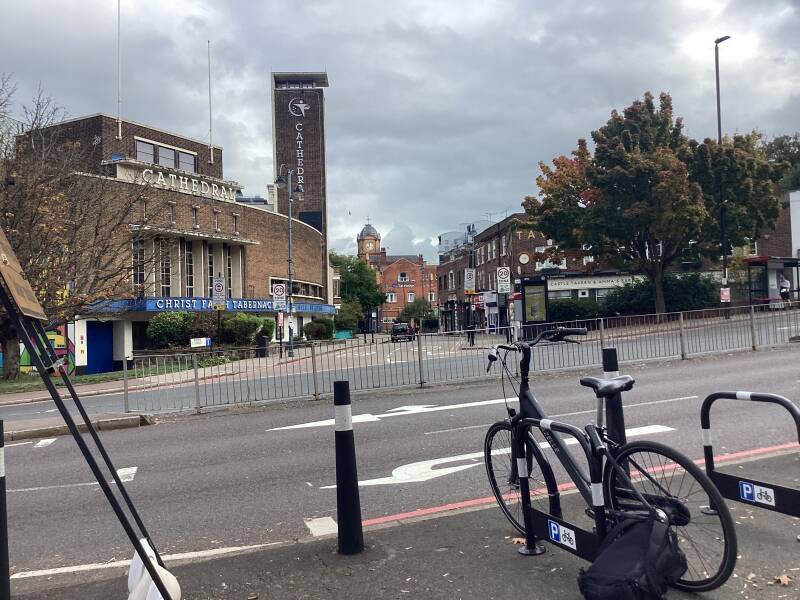

The most romantic cinema ever built, according to the KENTISH INDEPENDENT, opened its doors to reveal cinema-goers an extraordinarios in the CONTINENTAL GOTHIC style, by KOMISARJEVSKY, of the MOSCOW ARTS CENTRE. 1937
A hall of mirrors, a chandeliered café, a wealth of fantastic decoration… to complete a cinema experience from just 9d (4p).
A CHURCH, BEFORE BECOMING RESIDENTIAL https://www.abandonedspaces.com/cinemas/granada-cinema.html
Former ODEON CINEMA, then CORONET CINEMA, now Church
Opened in 1937. Arch. GEORGE COLES. Seating 1.828 film-goers. Closed in 1981, reopening as the CORONET two years later (with RETURN OF THE JEDI).
Unfortunately, renovations by Arthur Rank in 1964 removed internal decorations and stripped it of its former glory. However, its impressive facade has been maintained and still endures today.
it has been reborn as the New Wine Church and has been renamed Gateway House. The Improvements and renovations the church has made have gone some way to helping preserve the legacy of this magnificent Grade II listed building.
MERCHANDISING https://6040.studio/odeon-woolwich
Odeon Cinemas was created in 1928 by entrepreneur Oscar Deutsch.[5] Odeon publicists liked to claim that the name of the cinemas was derived from his motto, "Oscar Deutsch Entertains Our Nation",[5]but it had been used for cinemas in France and Italy in the 1920s, and the word is actually Ancient Greek ᾨδεῖον, Ōideion, meaning "a place for singing".[6] The word "Nickelodeon" was coined in 1888 and was widely used to describe small cinemas in the US.

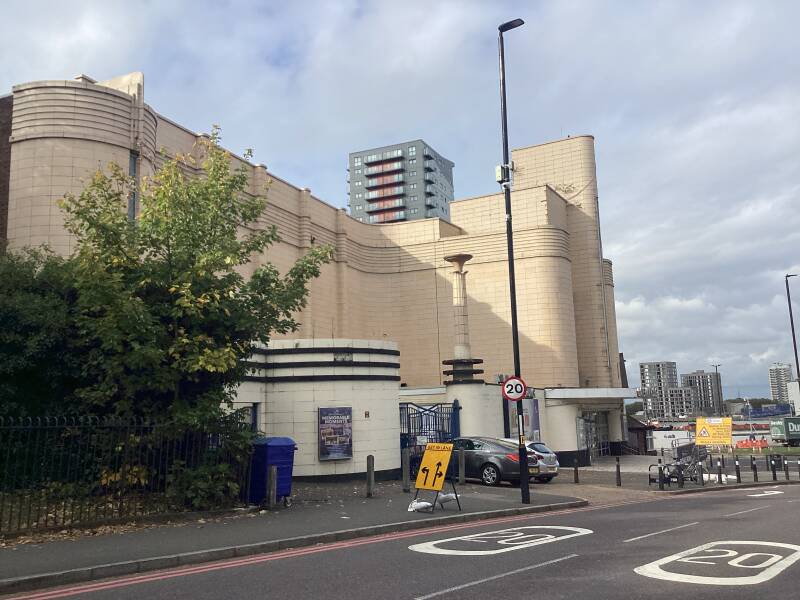
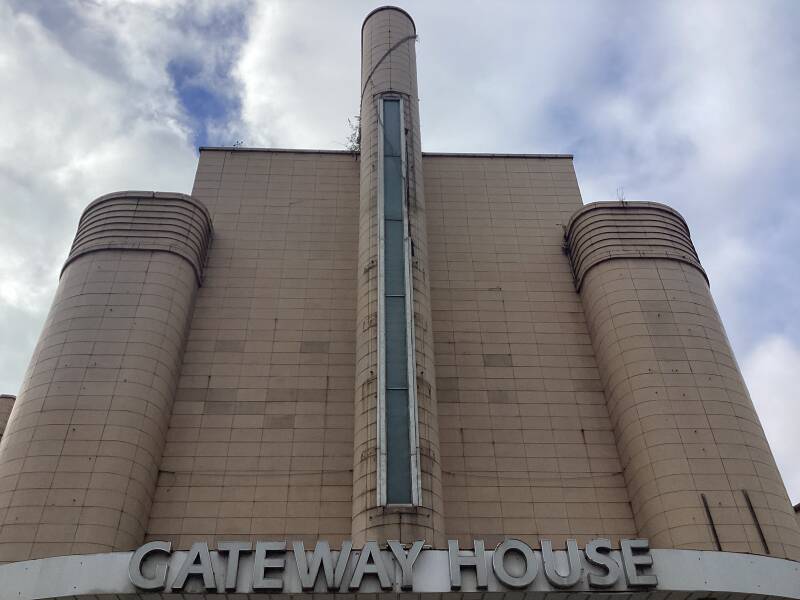
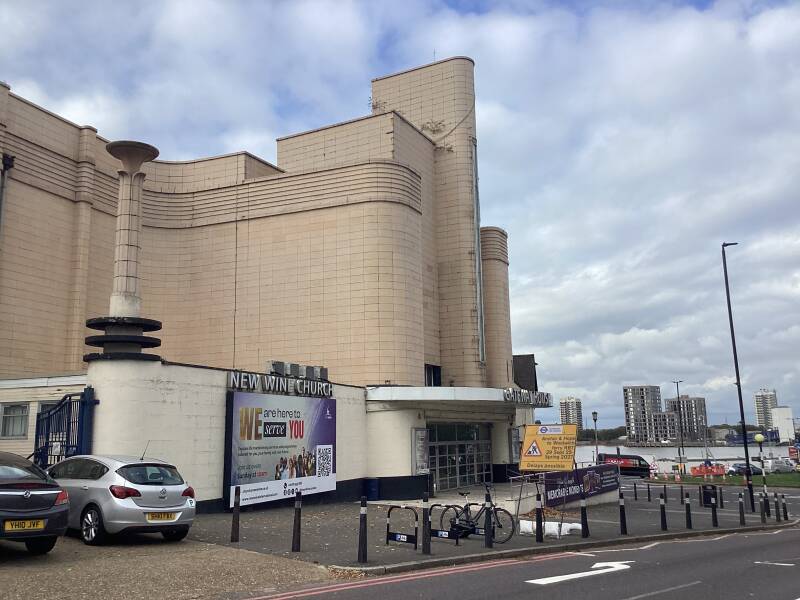
« New Wine Church was founded by Pastor (Dr) Tayo Adeyemi (1964-2013), a medical doctor by profession, at the age of 27 on 25 July 1993 with 25 people. Prior to that, Tayo and two of his friends had started the Upper Room Fellowship with a handful of people who met in an apartment. They very quickly outgrew the apartment and started holding services at the West Greenwich Community and Arts Centre before acquiring and moving to Gateway House (the former Woolwich Coronet Cinema) on 24 December 2000. »
« The outreach and inreach of the ministry of New Wine Church touches many nations on a daily basis, whether through our digital broadcasts, our music ministry streaming on various online platforms or partnerships with other organisations.
By the grace of God, we have flourished from one location in Gateway Houseto 18 operational branches in 8 countries - Bulgaria, Brazil, Luxembourg, Nigeria, Germany, Uganda, Cote d’Ivoire and the UK. We have 2 offices in Lagos and London. There are plans to open more branches in other nations and cities in the United Kingdom.
Our members come different parts of the world such as Barbados, Bulgaria, Ghana, Haiti, India, Ivory Coast, Jamaica, Malawi, Nigeria, Rwanda, Sri Lanka, South Africa, Sierra Leone, St Kitts & Nevis, Trinidad & Tobago, United Kingdom, Zimbabwe and many more.
We remain committed to advancing the Kingdom of God throughout the nations, helping individuals to discover, develop and deploy their unique capabilities in their countries, to the glory of God.”
Church of ST.MARY MAGDALENE

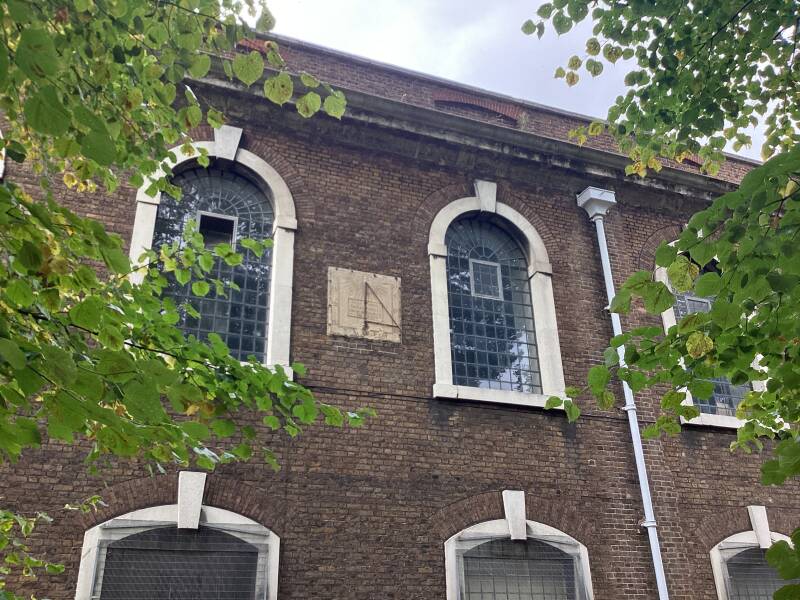
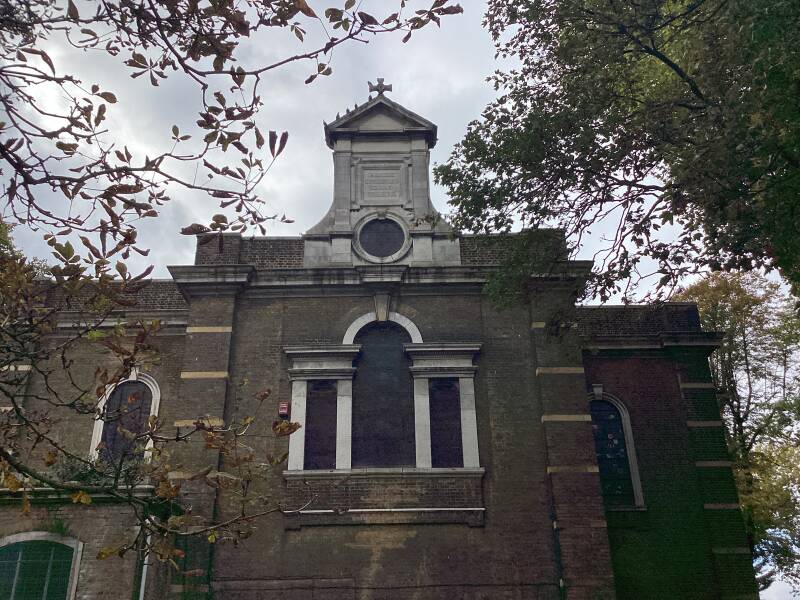

The first church in Woolwich was probably pre-Norman conquest[2] and dedicated to Saint Lawrence. It stood on a promontoryabout 37 m north of the present-day church, more or less where the belvedere overlooking the river now is. The church was slightly separate from the early riverside settlement in Old Woolwich. From the early 10th till the mid-12th century Woolwich was ruled by the abbots of St. Peter's Abbey in Ghent, probably as a result of a gift from Ælfthryth, daughter of King Alfred and Countess of Flanders.
First the church was dedicated to St.Lawrence, up to the 15th century, then to the Virgin Mary and, a century later, to Saint Mary Magdalene.[4]
By the 18th century the Elizabethan spire had collapsed and the foundations were showing signs of strain. Thus a new church (the present one) was built from 1732 to 1739, close to the medieval church's site. An architect's name is not known; there probably was none. Plain brick churches with round-headed windows had been built in the London area since the 1670s. The new church was part-funded by the Commission for Building Fifty New Churches and built by Matthew Spray, a bricklayer from Deptford. A total of 636,000 bricks were used. Dedication took place on 9 May 1740, after which the old church was demolished and the churchyard extended and walled in.
Churchyard
The churchyard is now a public park, Saint Mary's Garden, in the English landscape garden style. It was designed in 1893 by Fanny Wilkinson, Britain's first professional woman landscape gardener. Her design features gravel paths, lawns and mature trees. Some gravestones can still be seen along the northeastern border.
In the early 1960s the park was enlarged and redesigned by G.P. Youngman who added new paths, raised beds and alpine rockeries. A drinking fountain and several tombs were removed, the foremost of which was that of Woolwich-born engineer Henry Maudslay.
TOM CRIBB MEMORIAL
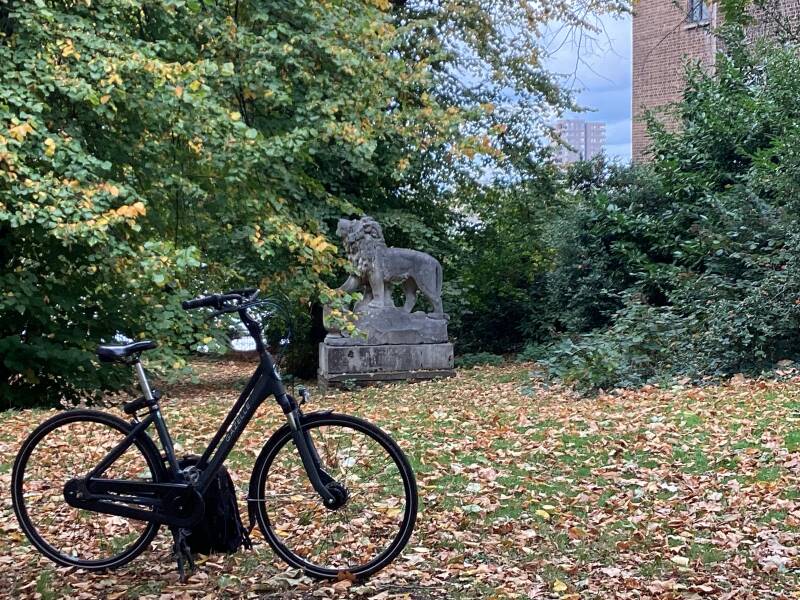
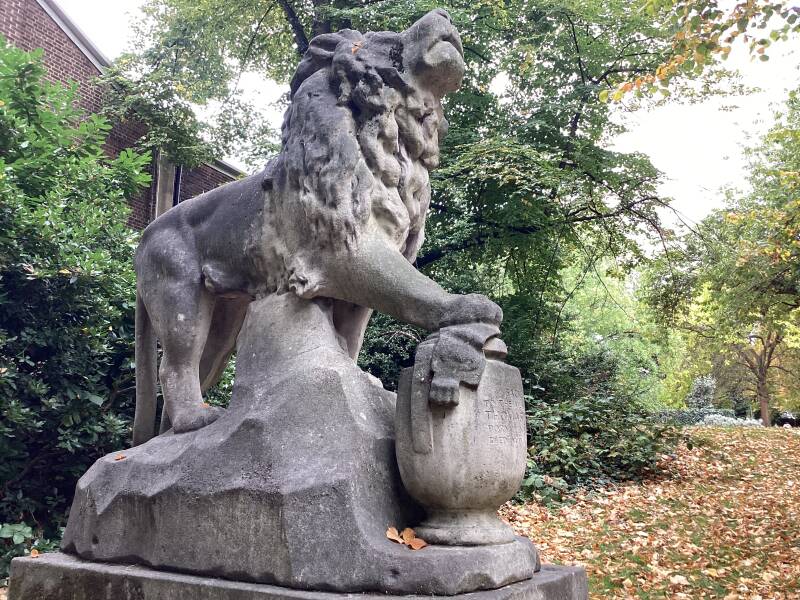
A stone-throw from Piccadilly Circus: Guess who was the publican here…

The only remaining monument in the churchyard has the shape of a lamenting lion resting its paw on an urn.
Born in Hanham near Bristol,[6][7]Cribb moved to London at the age of 13 and after working as a bell-hanger sought work as a coal porter in Wapping.
His first fight was with George Maddox on 7 January 1805 at Wood Green. Having beaten, between 1805 and 1811, Gregson, Belcher and Molineaux (an American, former slave), Cribb's reputation was so high that he received no further challenges for a further eleven years, and eventually retired from the ring in 1822
Cribb became a coal merchant (and part-time boxing trainer). Later he worked as a pub landlord, running the Union Arms, Panton Street, close to Haymarket in central London.
In 1839 he relocated to Woolwich where he died in 1848, aged 66. He was buried in the churchyard of St Mary Magdalene, where the monument to his memory was erected.
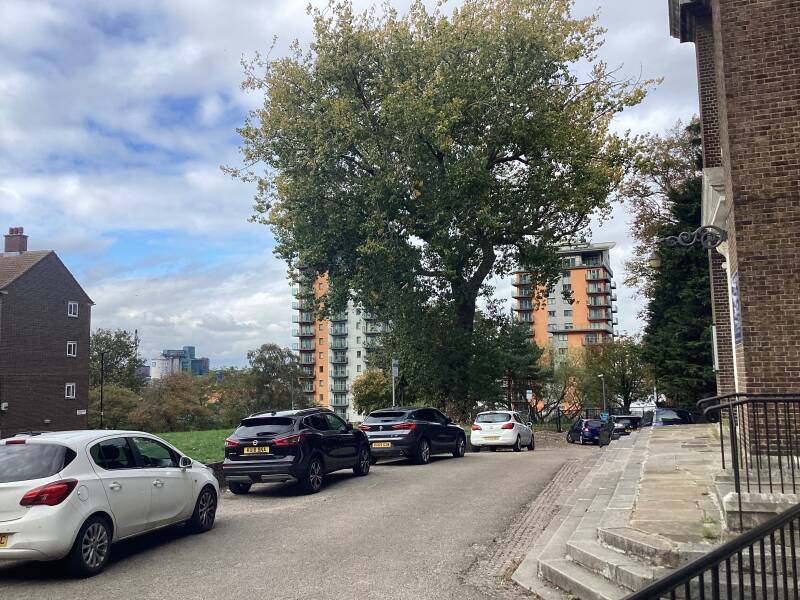
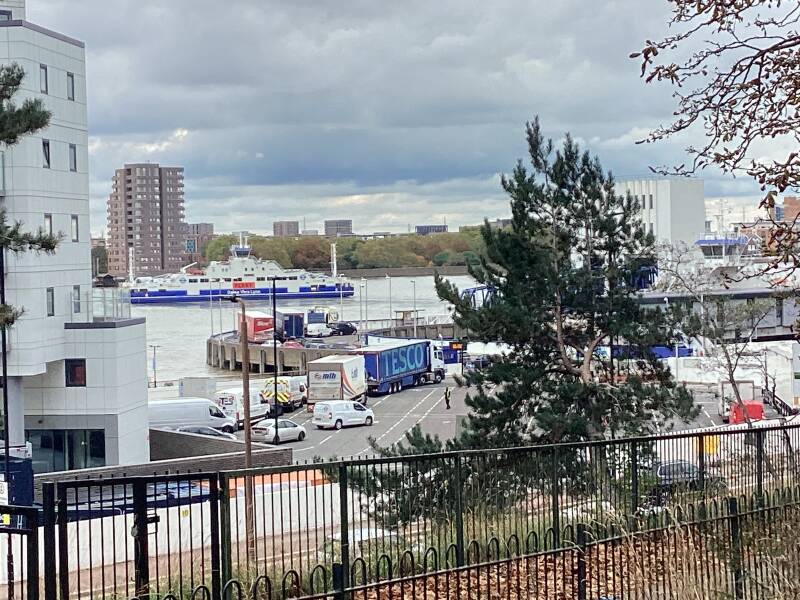
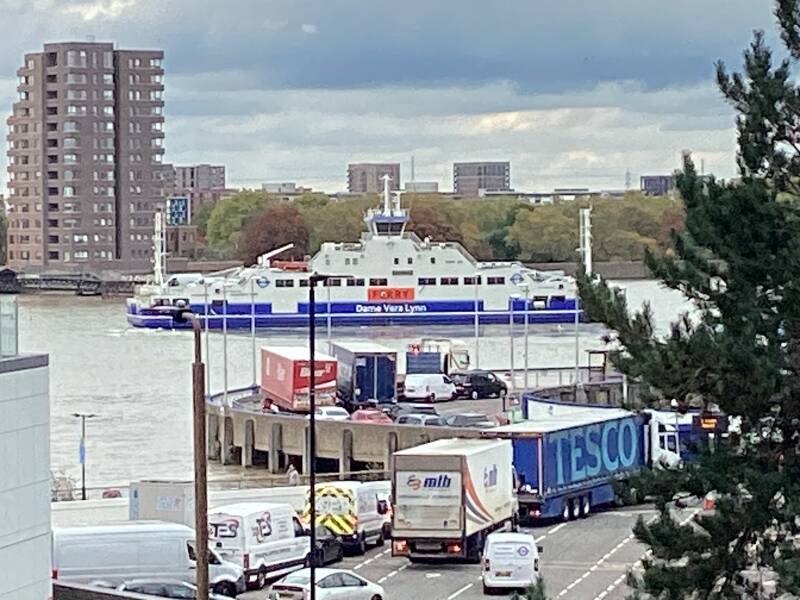
PARISH ALMSHOUSES. No smoking

The original charity was f. by Sir THOMAS BOWES in 1545. The present ones date from 1957
FIRE STATION. Still in operation until very recently, when it was hailed as the Second Oldest
Woolwich Fire Station is a Grade II listedbuilding at 24 Sunbury, Woolwich, London.[1]
It was built in 1887, and the architect was Robert Pearsall.[1] It was London's second-oldest operational fire station, with crews at one time using its five-storey octagonal watchtower[1] to spot fires in the surrounding area.[2]
The fire station closed in January 2014 under mayor Boris Johnson's Fifth London Safety Plan.[2] In 2016 it was given planning permission to be converted into flats

Powys St.
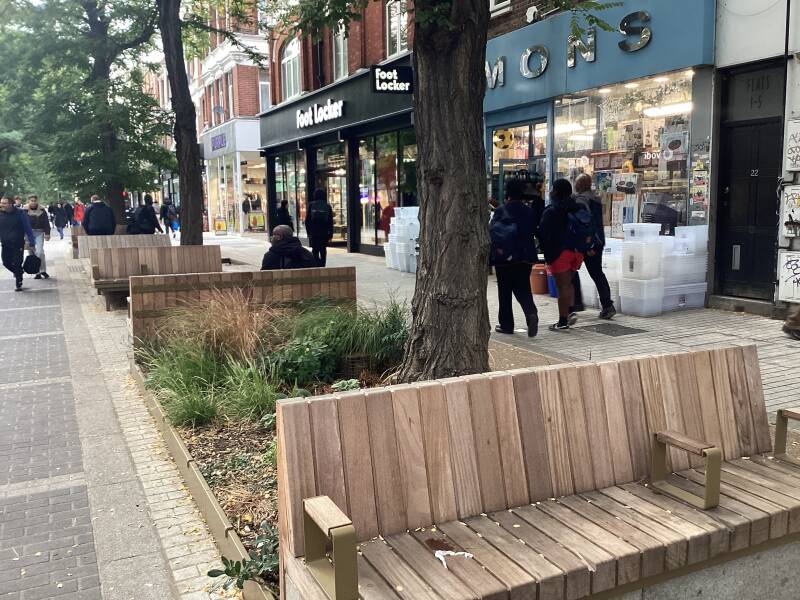
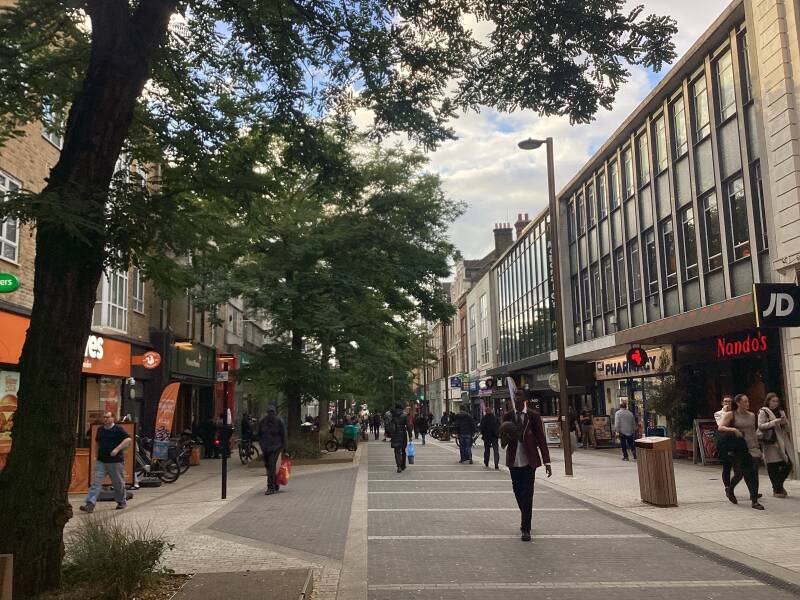
First laid our c.1798, then largely rebuilt with larger buildings, between 1890 and 1910. Vict./Edward. frontages.
Main shopping street. Pedestrianised, after a couple of face-lifts schemes in the last 20 years.
The former THE SHAKESPEARE P.H

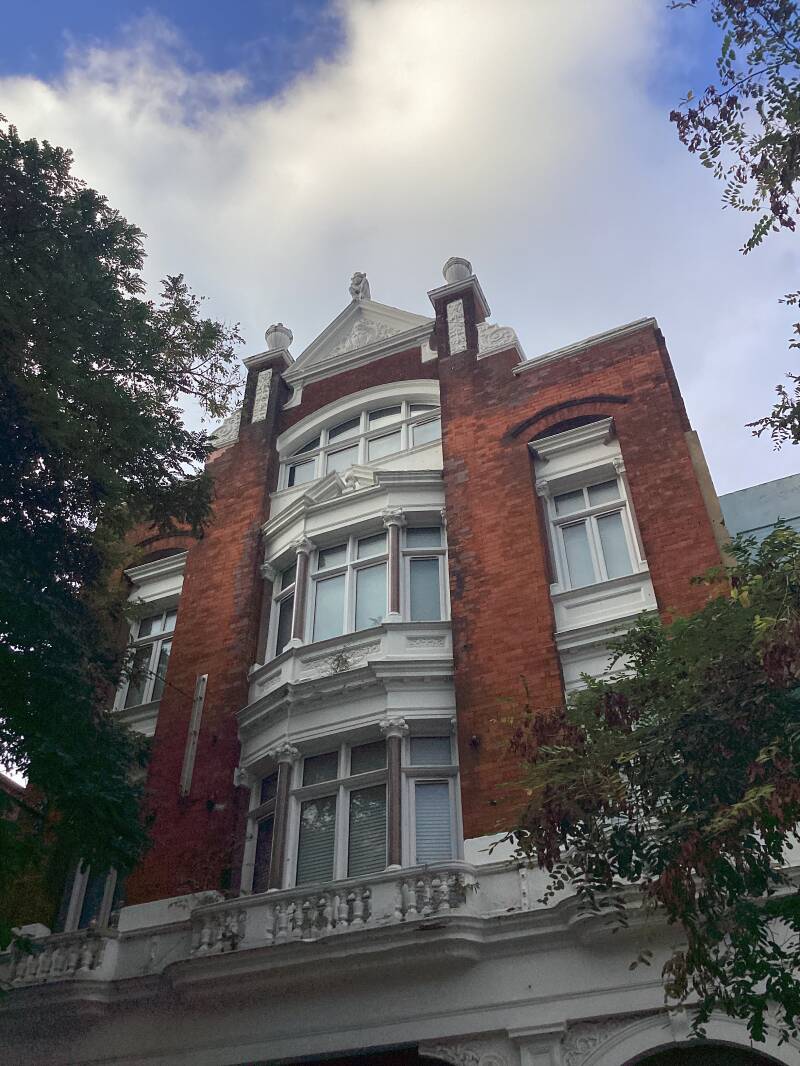
Gosset’s Plan, 1853. Reb. 1900, with Baroque details. Red brick, stucco.
Central gable with elaborate ornament and small top pediment with a bust of WSHK. MONKEY finial!.
Flanking pilasters, scrolled side buttresses, stone -coped side parapets.
Ballustrated balconies, resting on enriched ground-floor cornice. Granite columns and pilasters, consoles and granite fascia. Panelled stallrisers.
Nos.68-86 Former GARRETTS DEPARTMENT STORE
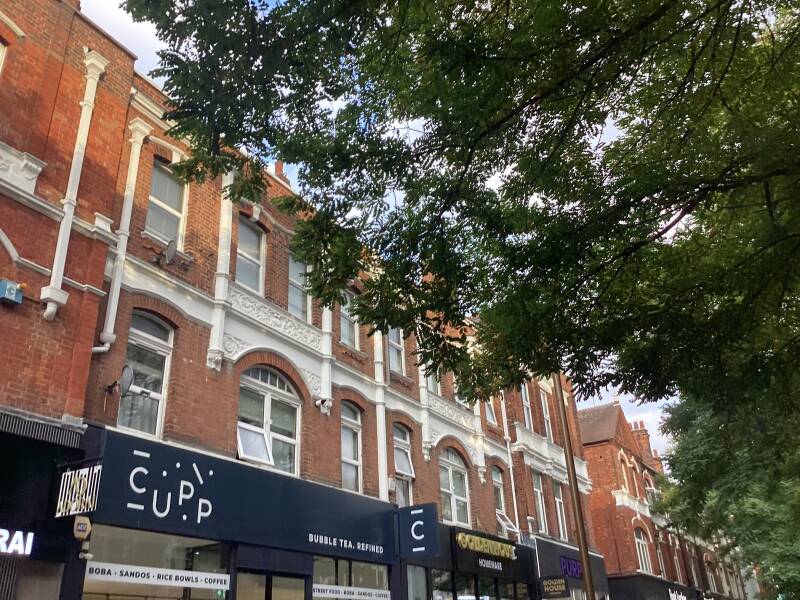
No.52 Former South East London ELECTRICITY BOARD (1910)
Castello, Fortior, Concordia

Latin phrase meaning "Peace is stronger than a fortress" or "Peace is stronger than a castle" and serves as the motto for the English town of Northampton. The phrase appears on the town's coat of arms, which features a castle tower supported by two lions
on a building, described by a University College London report as being "surprising, even cheeky" in that location
No.126 Former site of ARSENAL SUPPLY CO. (f.1868)
The First UK MacDONALDS is still here!

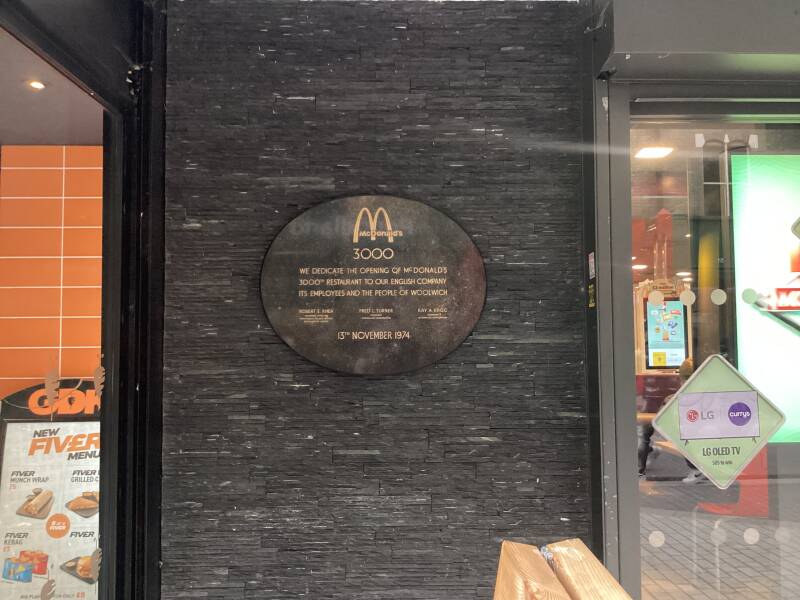
Hare St.
Shopping. Pedestrianised. Larger buildings. Follows the same pattern as POWIS ST.
Callis Yard
2 stories municipal building, 1890s. Reached by a wide shallow ramo, housed horses on the first floor.
London Stock Brick. Gabled slate roof, with clerestory, with a hay-loft in the roof.
It was converted to offices in 1981, the windows were enlarged and the hay-loft dormer was removed.
Next door, the 3 storey building housed the horse-keeper. Yellow SB, hipped slate roof.
Mc Bean St.
Passages with workshop-type buildings
Former WOOLWICH POLYTECHNIC LOWER SCHOOL
LSB, 1884. Large, bulky, multi-gabled
Thomas St.
POST OFFICE
Late Victorian, 3 storey in part, attic in pitched gable roof. Terracotta decoration on gable end. Front dormer containing a central circular window. Later addition single-storey with parapet roof. Note curved façade with c Portland stone plinths, stone doorway, keystones, cornice and parapet cappings.
THE EARL OF CHATHAM P.H.
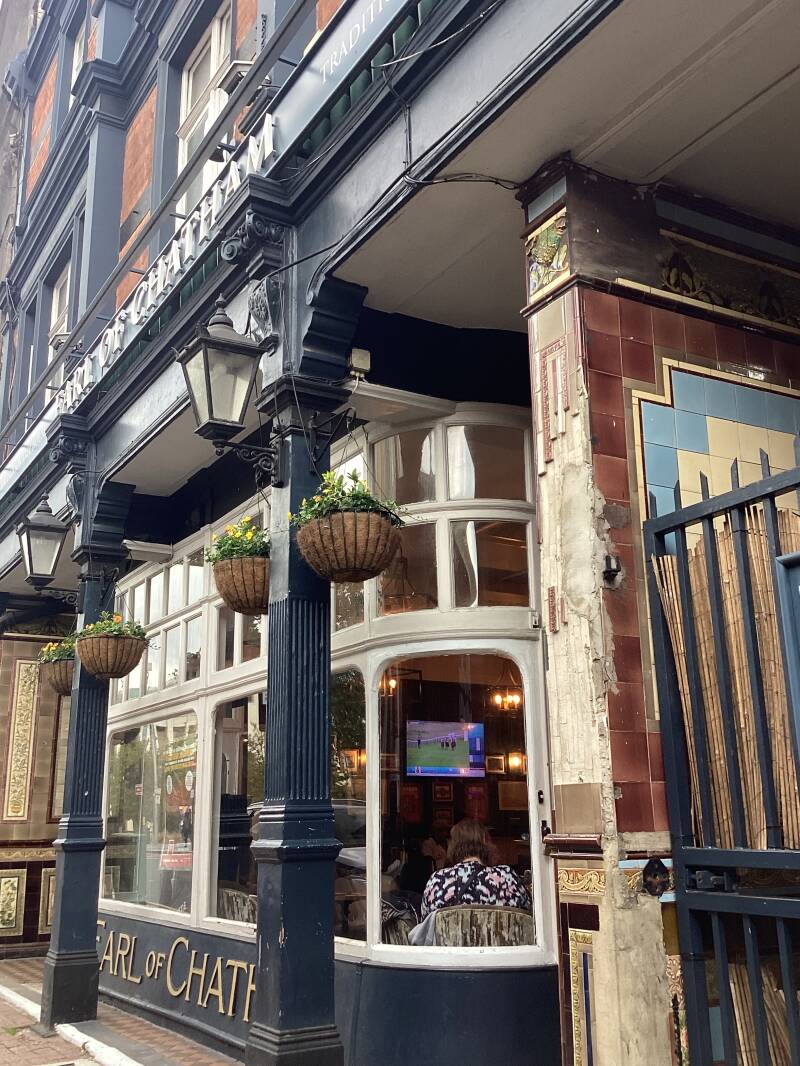
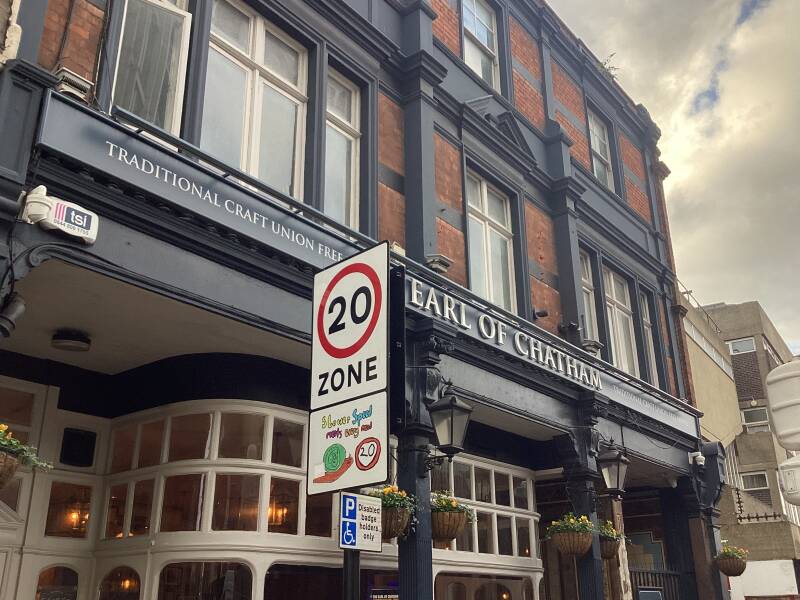
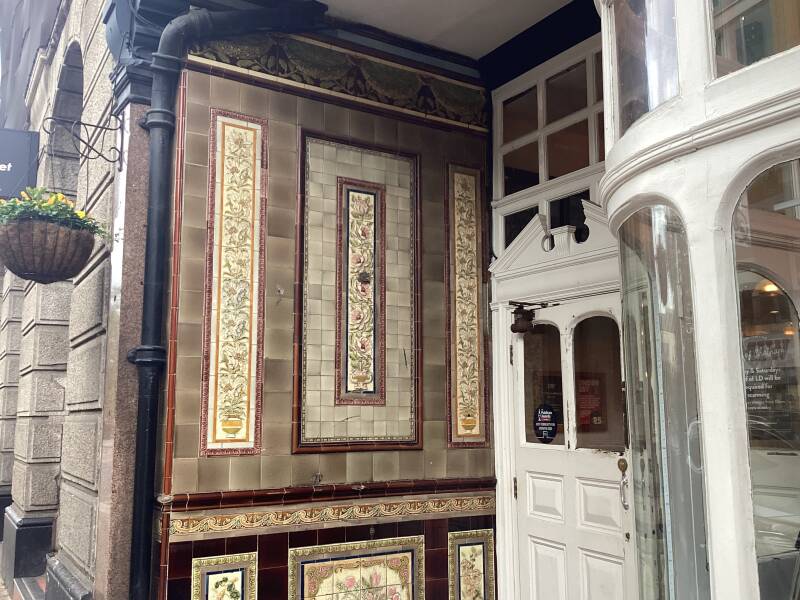
Late 19th c., 3 storey, red brick, with stucco pilasters, horizontal banding. Brick parapet and balustrading at first floor.Recessed GF with original bay windows and tiling in the doorways.


